With the large-scale deployment of 5G and the Internet of Things, data is shifting from centralized cloud data centers to edge data centers or edge devices closer to users. Edge computing, due to its unique advantages of low latency and high cost-effectiveness, is gradually moving from concept to practical application.
In recent years, various policies related to edge computing have been introduced in China. The “Action Plan for the High-Quality Development of Computing Power Infrastructure” proposes that “it is necessary to promote the collaborative deployment of edge computing power. Accelerate the construction of edge computing power, support low-latency business applications in industrial manufacturing, financial transactions, smart grids, cloud gaming, etc., and promote the ubiquitous distribution and collaborative development of ‘cloud-edge-end’ computing power.” With the increasing support of national policies, the construction of edge computing power has entered a period of rapid growth, the application scenarios of edge computing are gradually extending, and the scale of the edge market is continuously growing, making edge computing a highly regarded computing power service model.
This research report is based on the current situation of the edge computing market and industry applications, focusing on industrial development. It summarizes the ecological construction, market conditions, core technologies, and typical application scenarios of edge computing, detailing its applications and value in various industries, and summarizes new opportunities and challenges for the future development of the edge industry. It is hoped that it can provide reference and guidance for various sectors of the industry. The edge computing-related industry and technology are currently in a rapid development stage, and our understanding needs to be deepened and iterated. We welcome criticism and suggestions from all sectors to explore together.
Below is the full report
Intelligent
Main Text
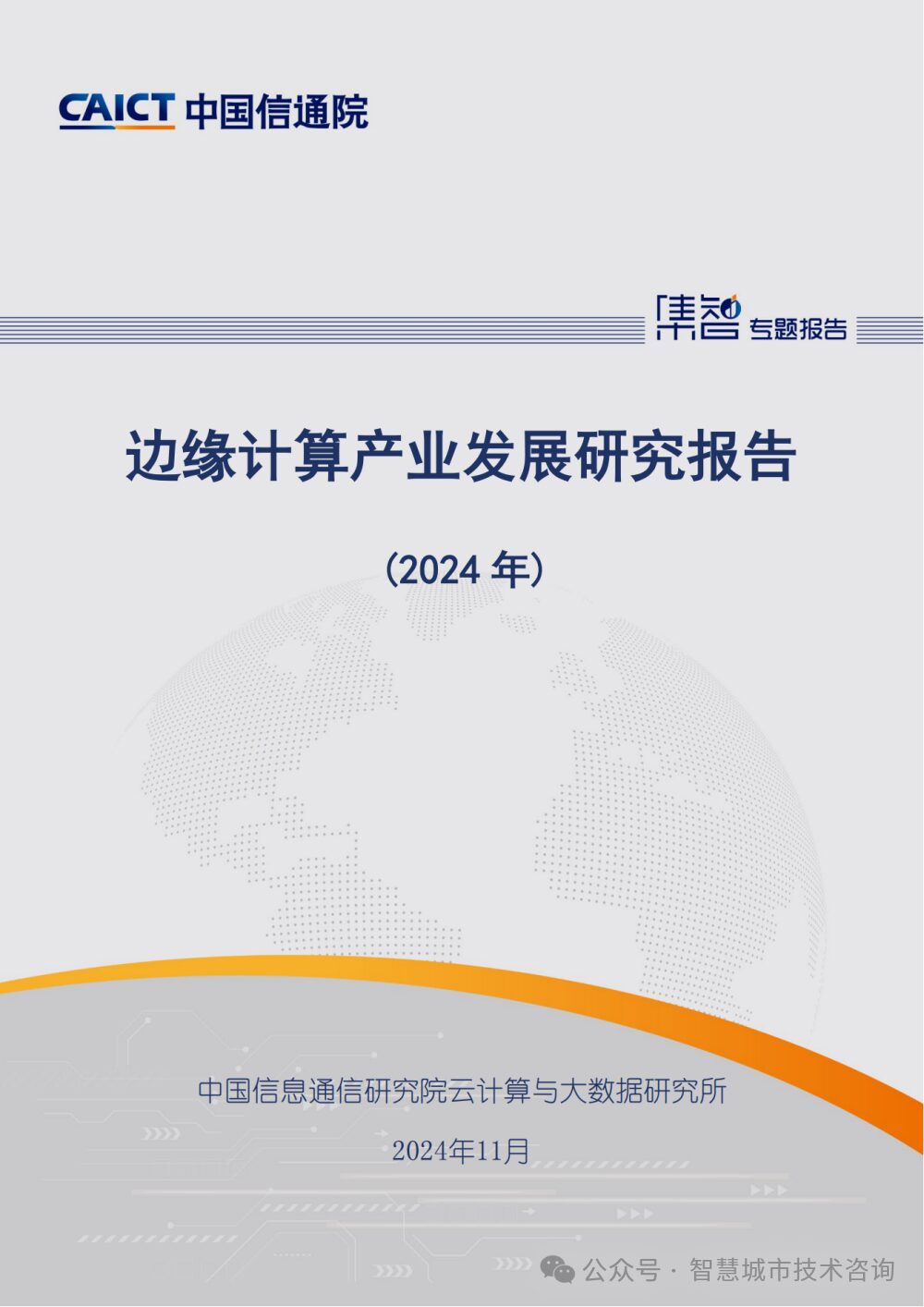
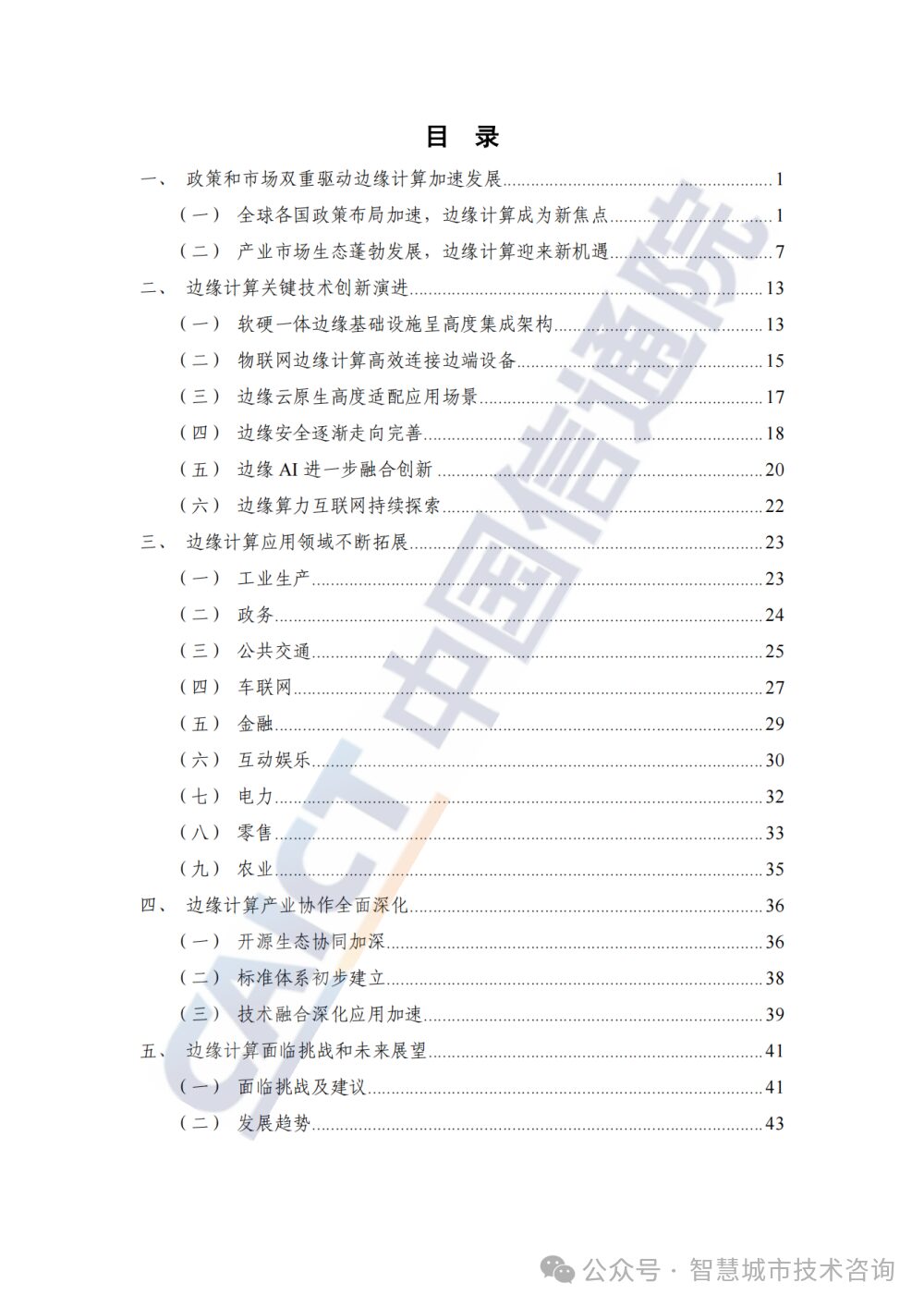

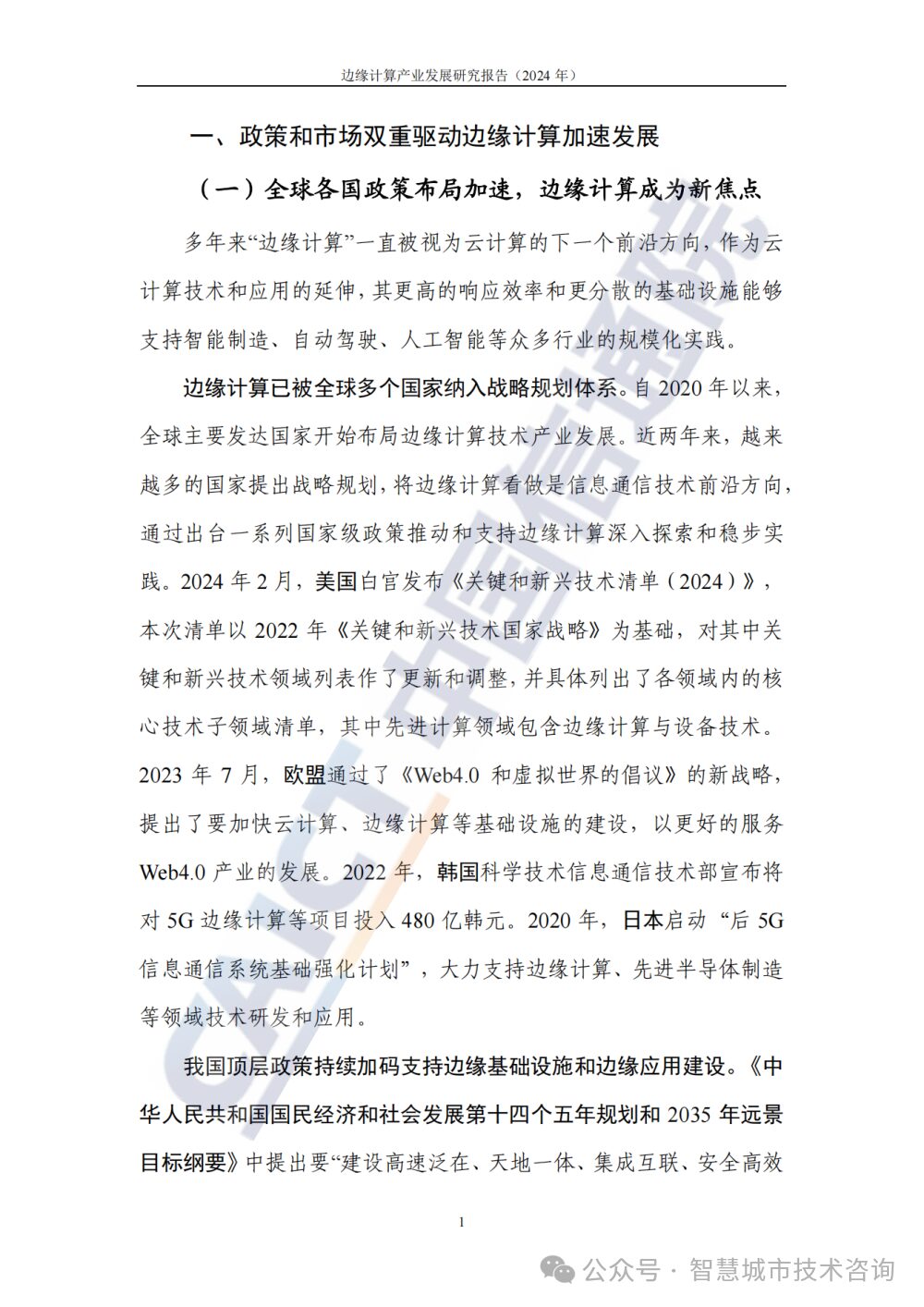

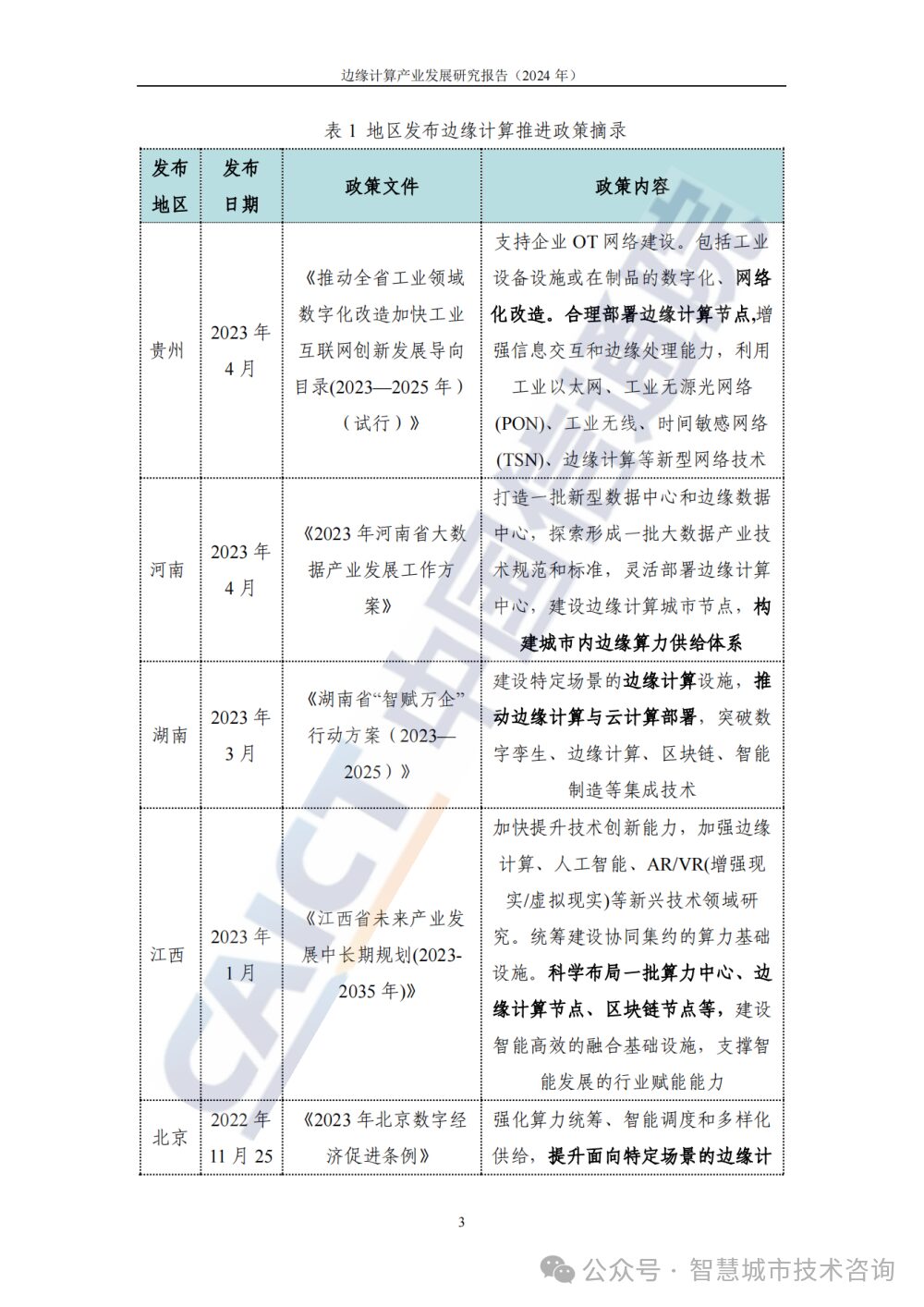
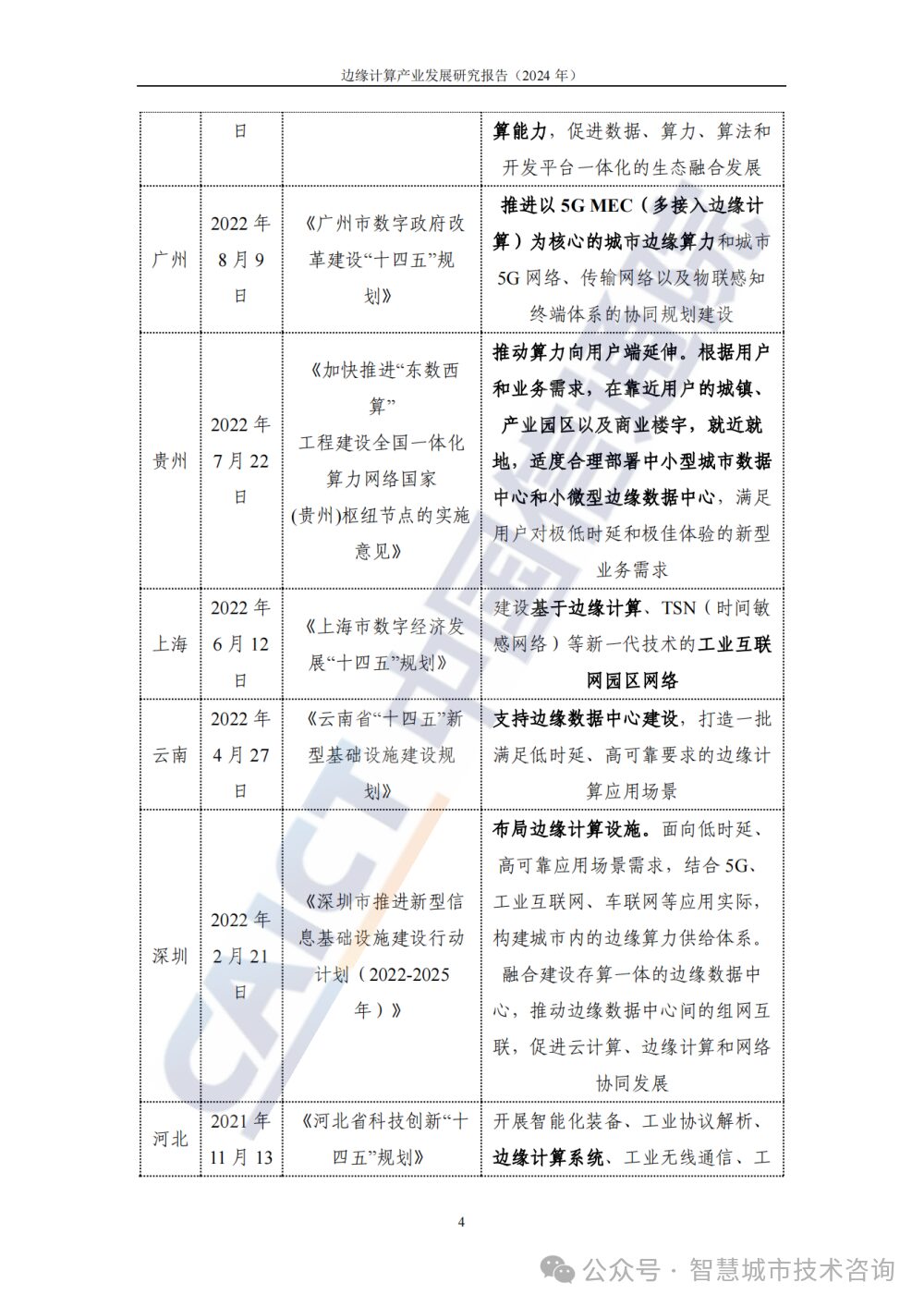
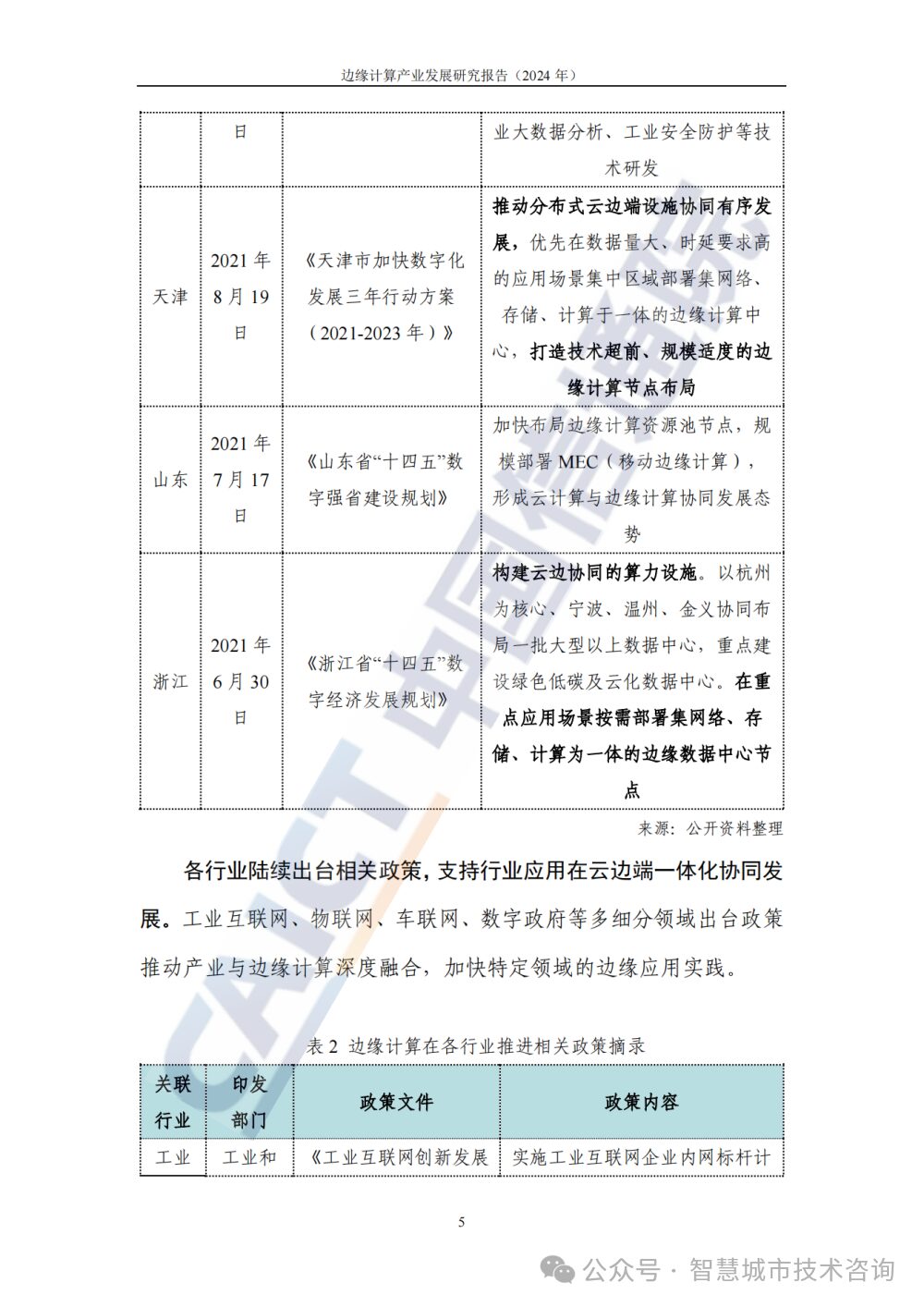
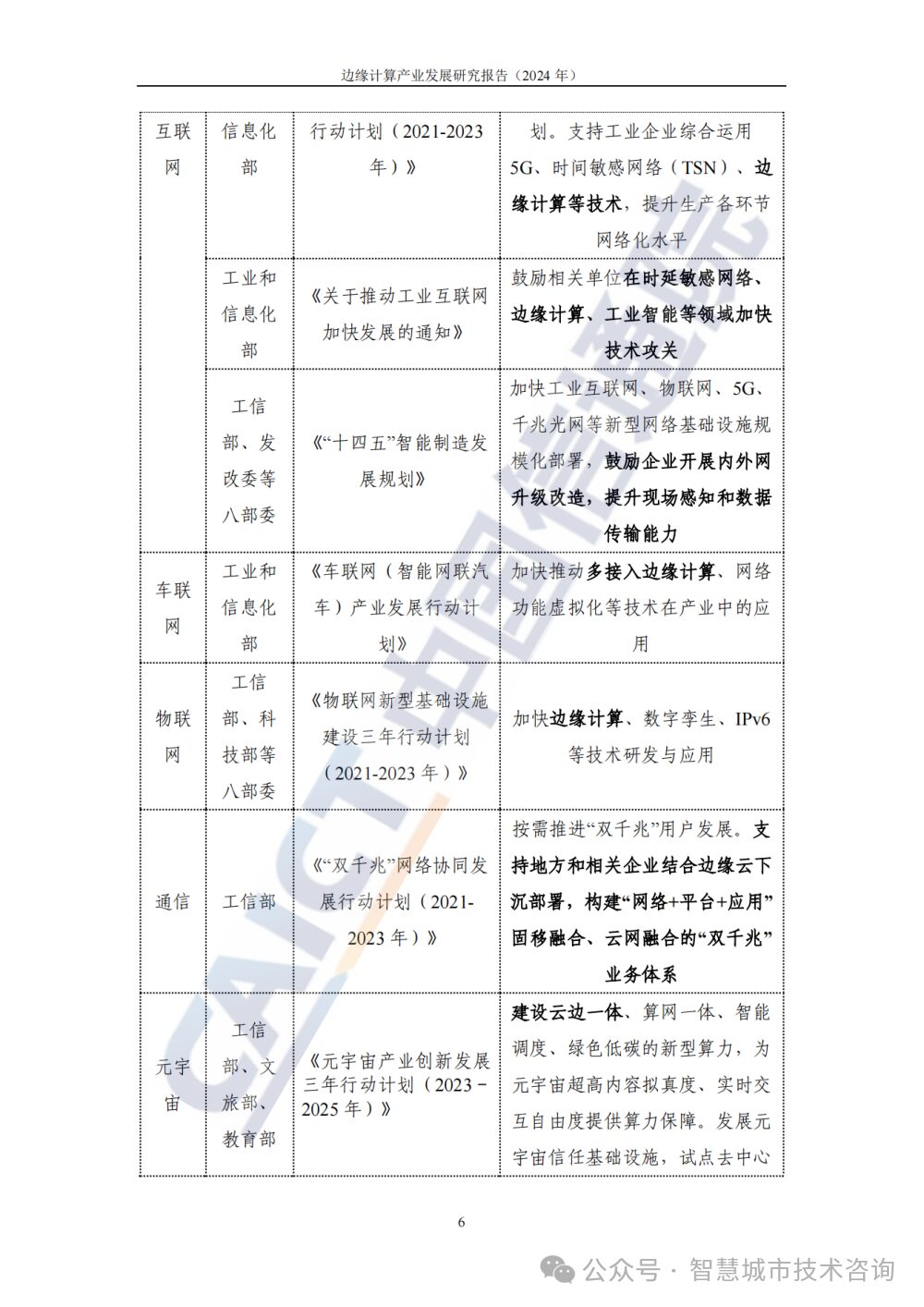
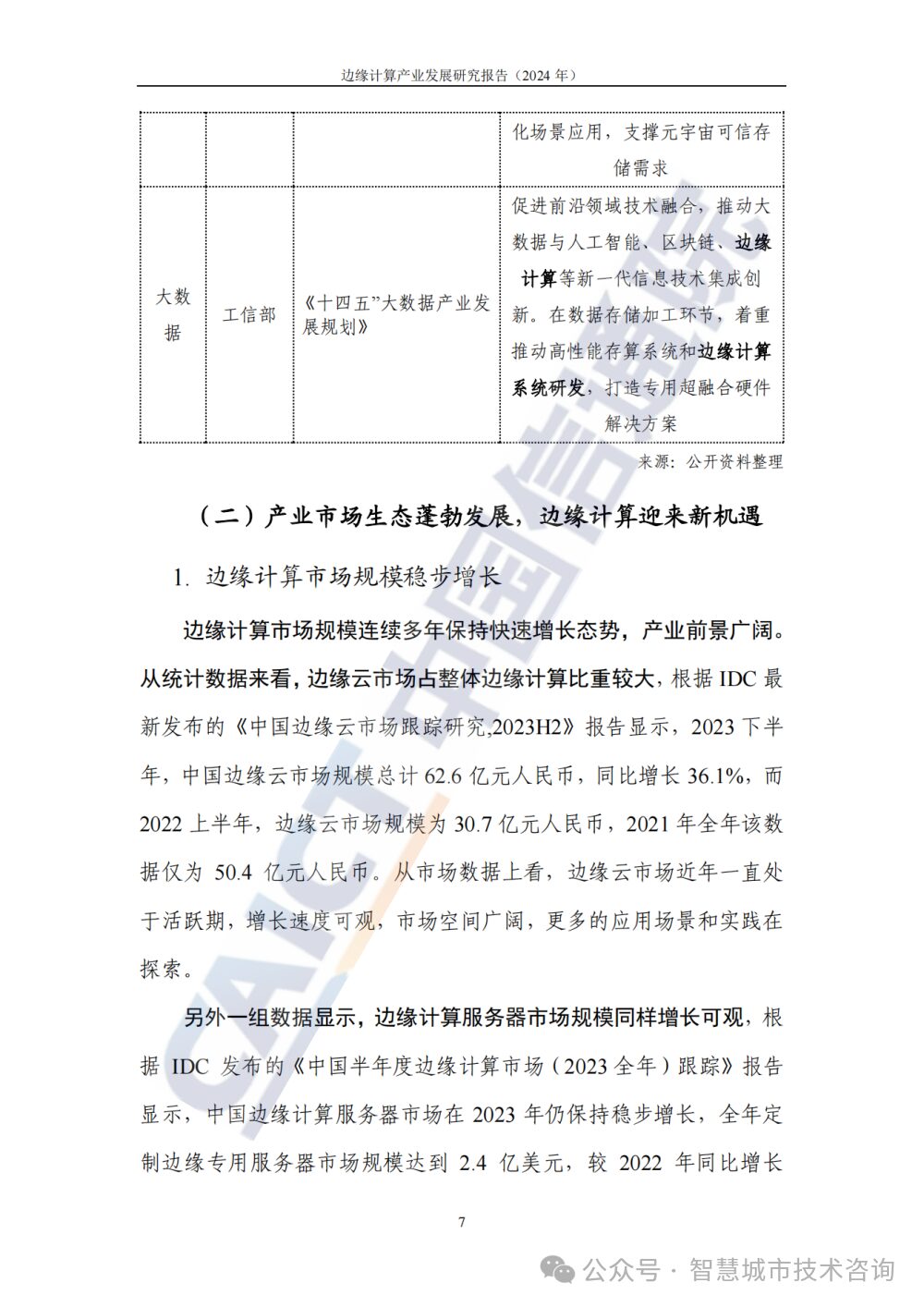
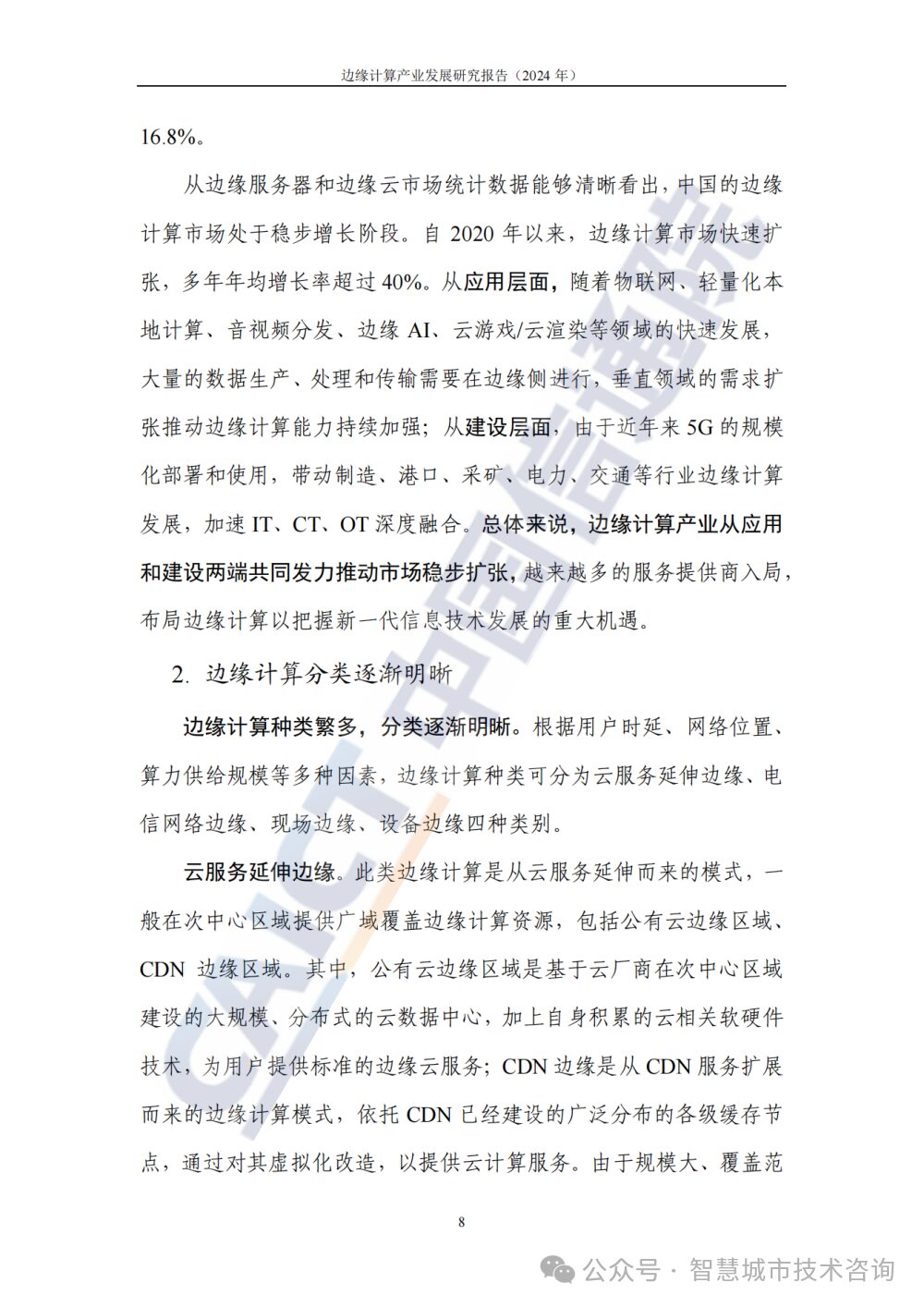
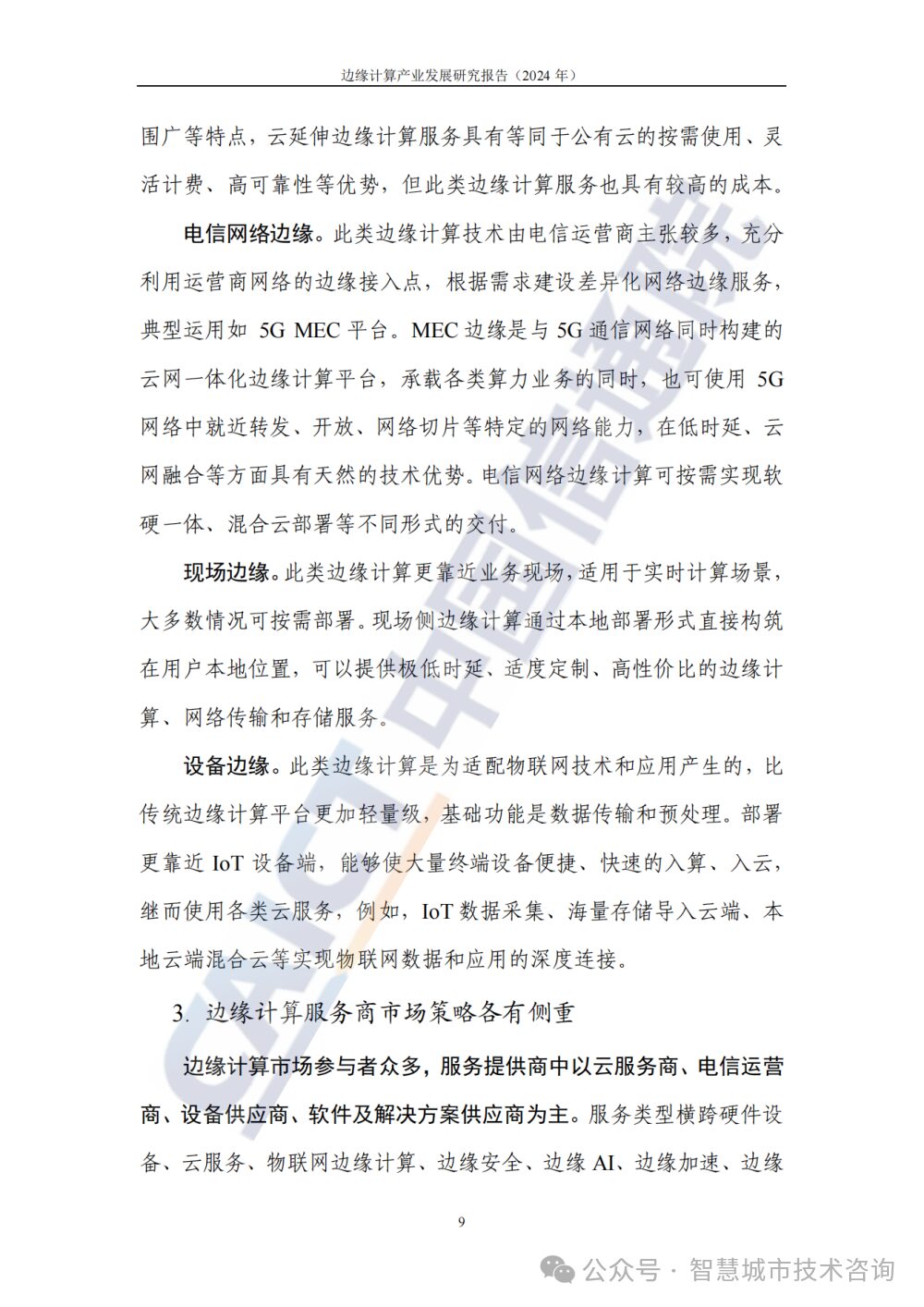
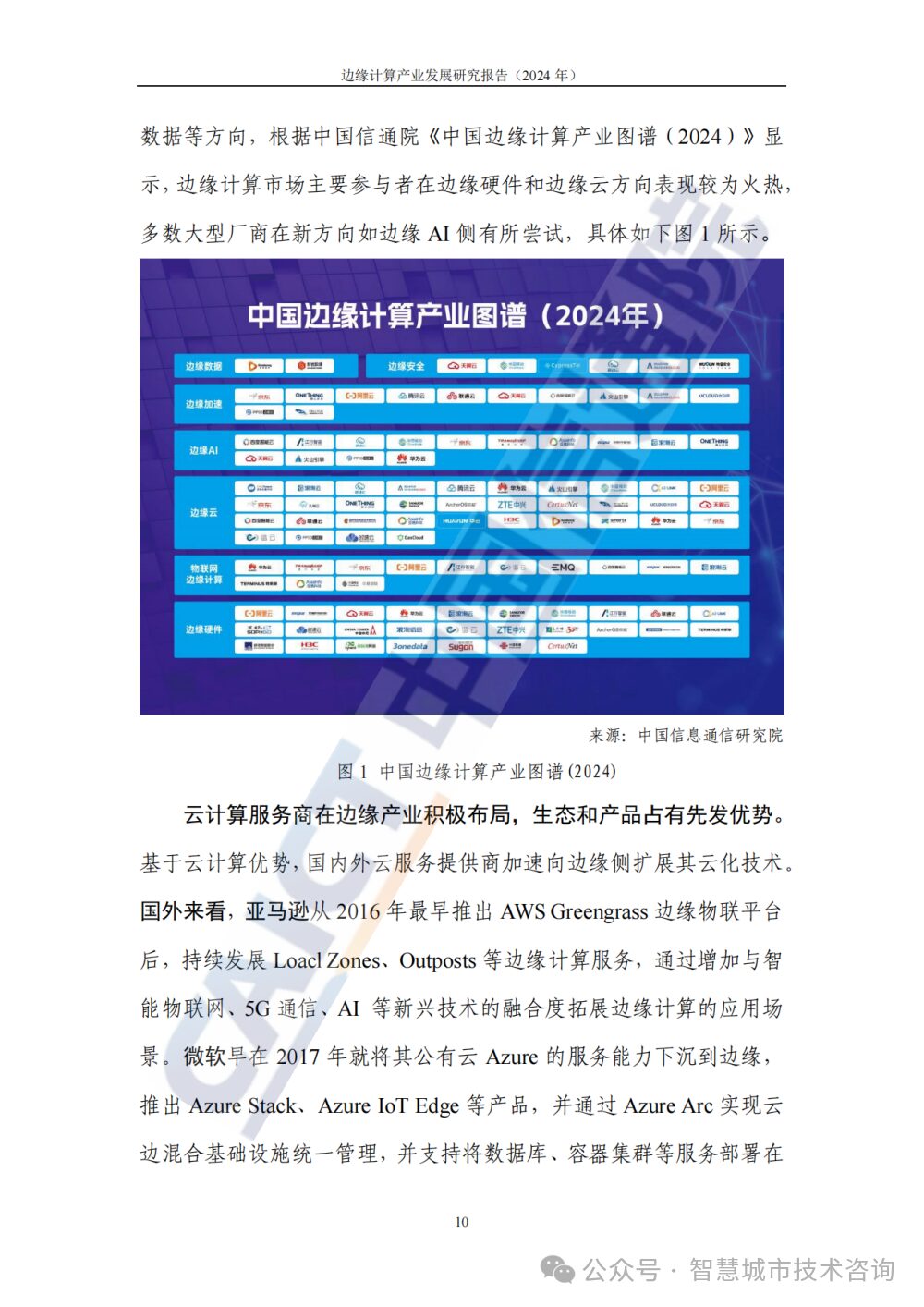

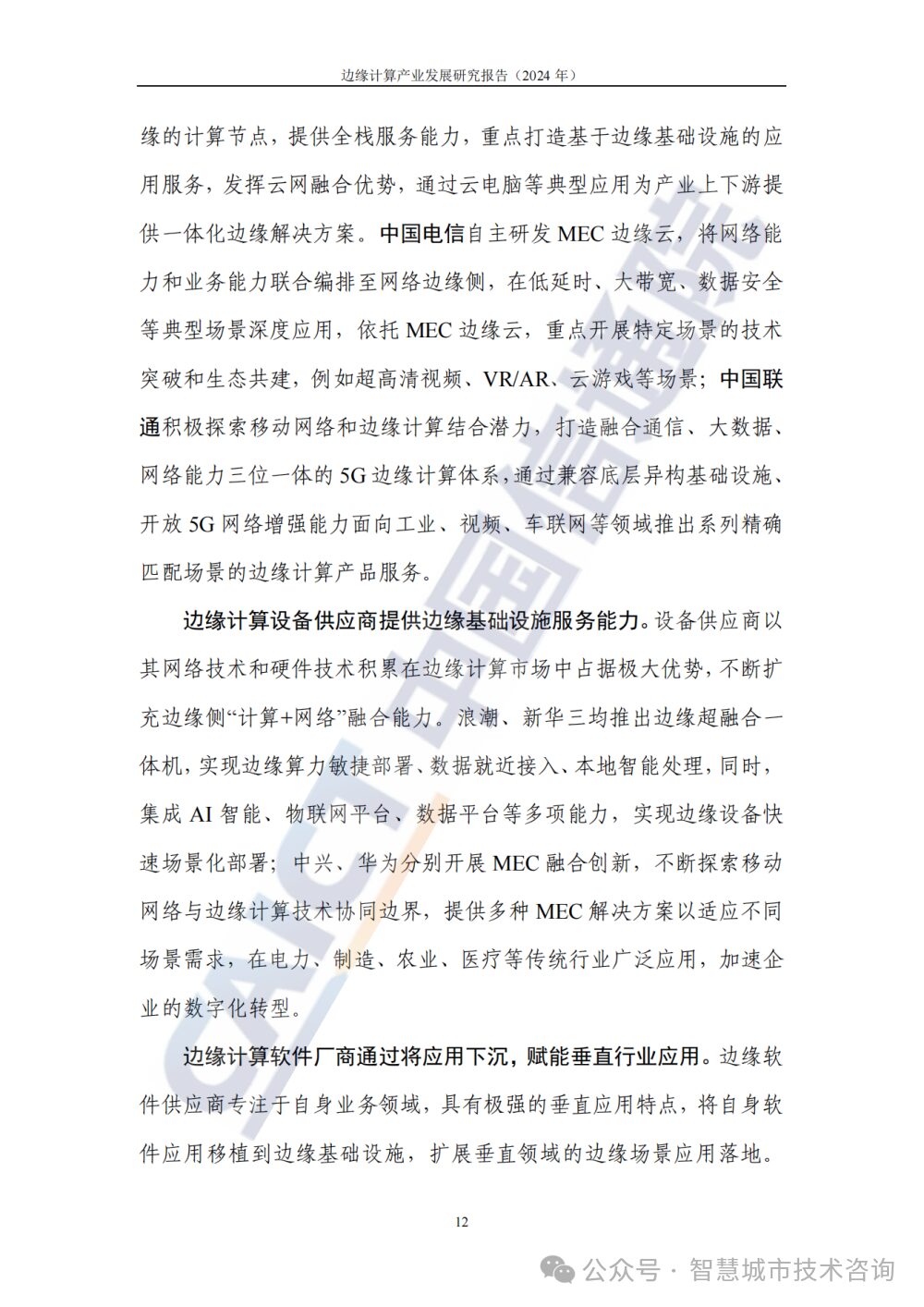
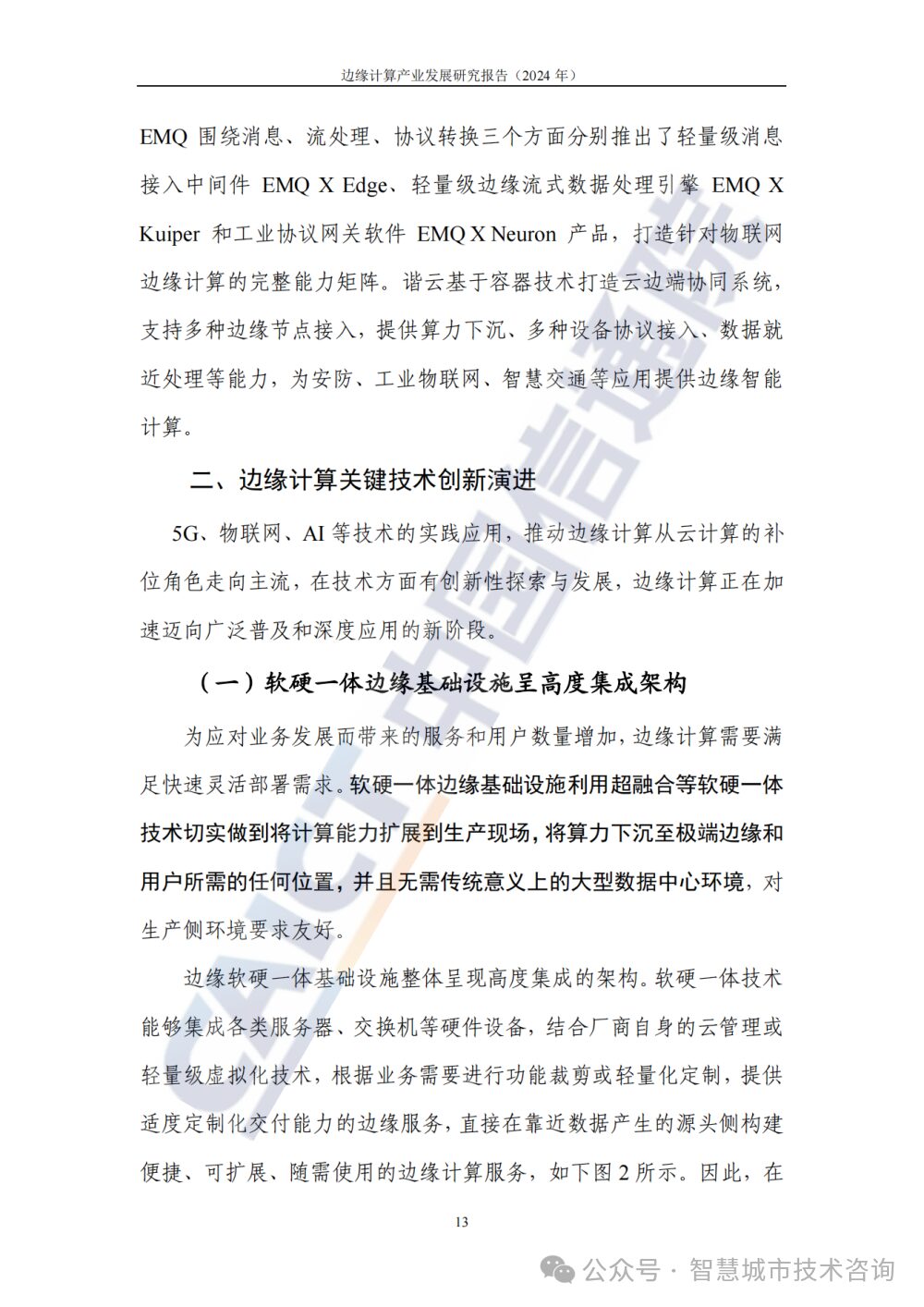
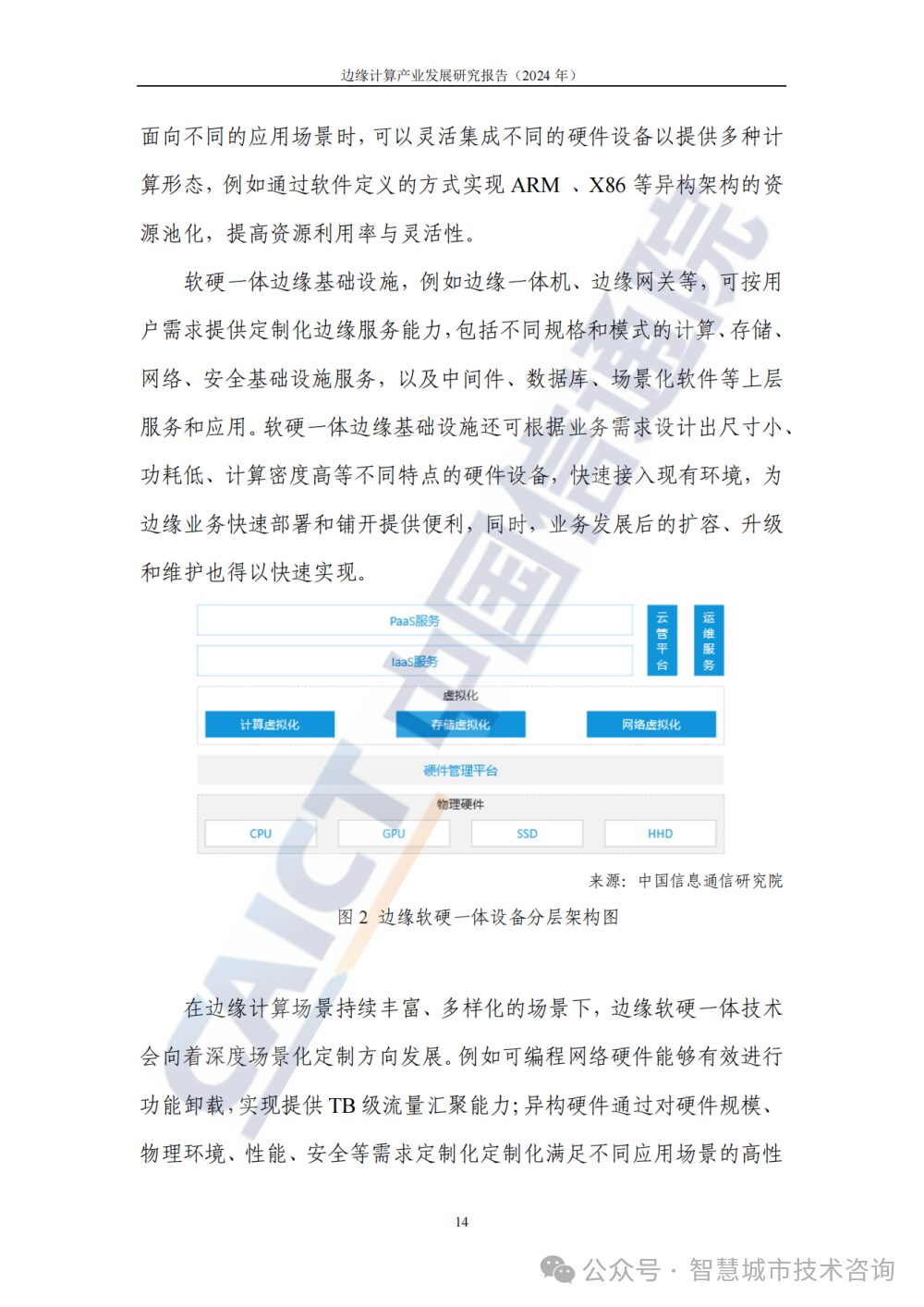
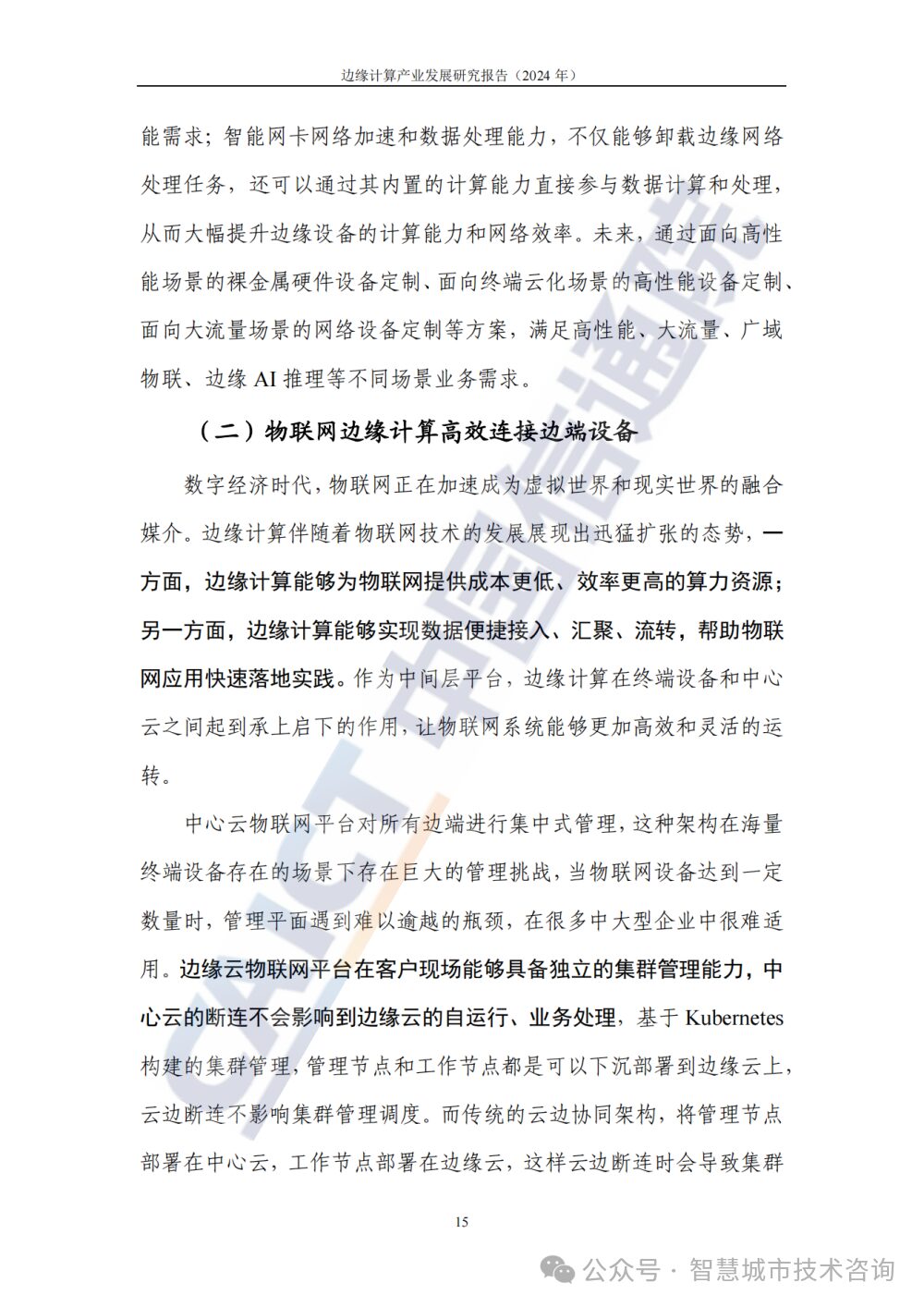
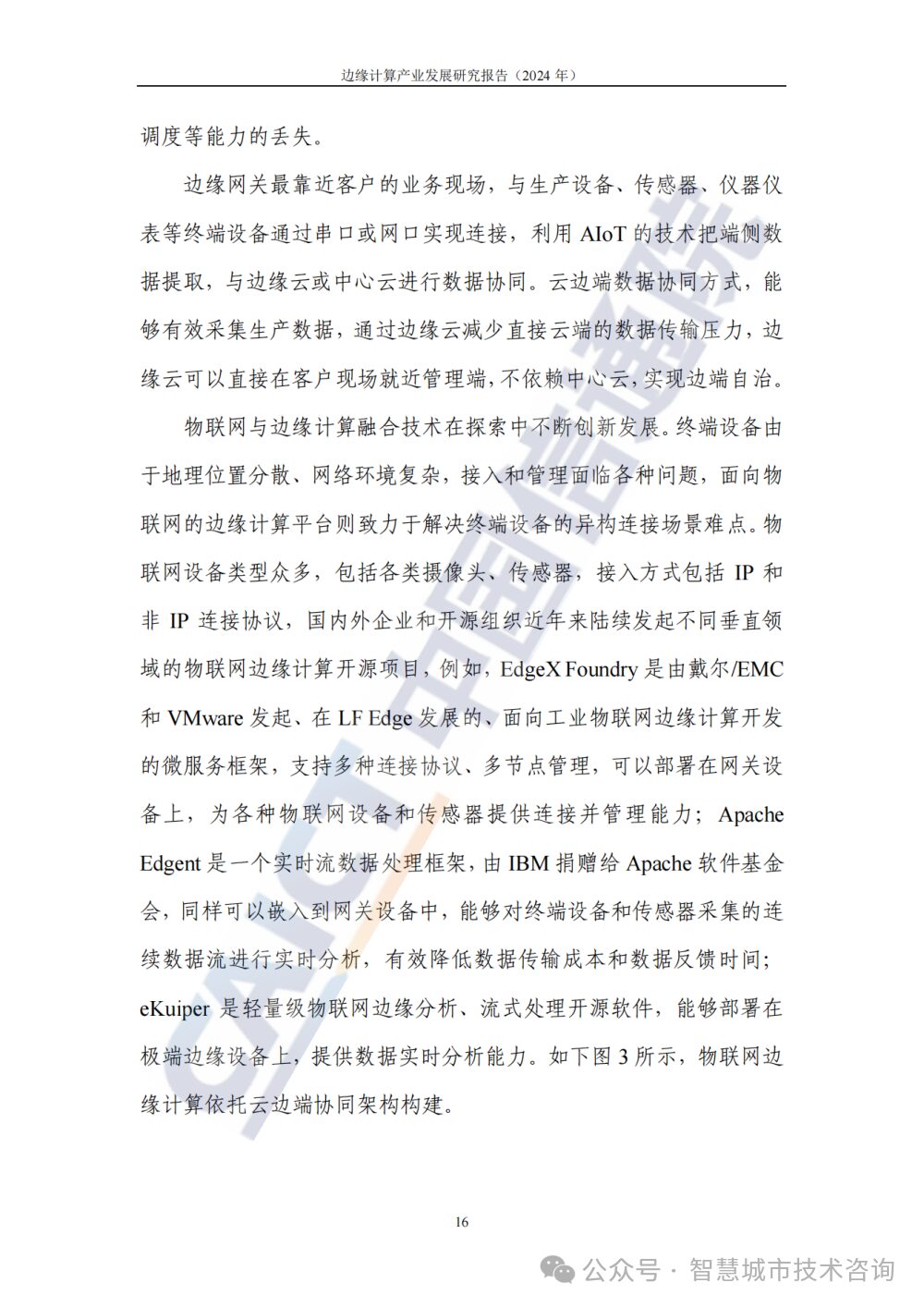
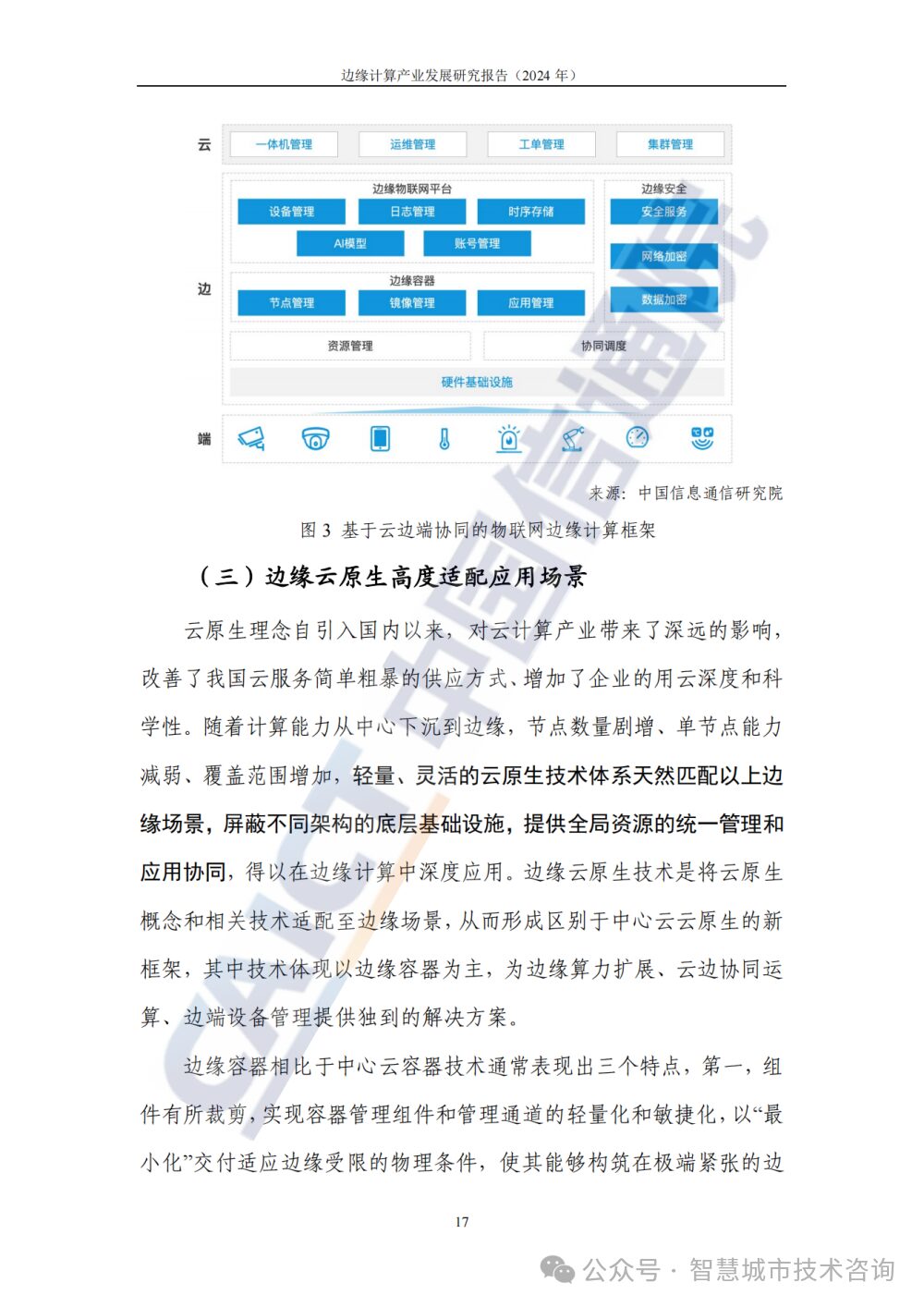
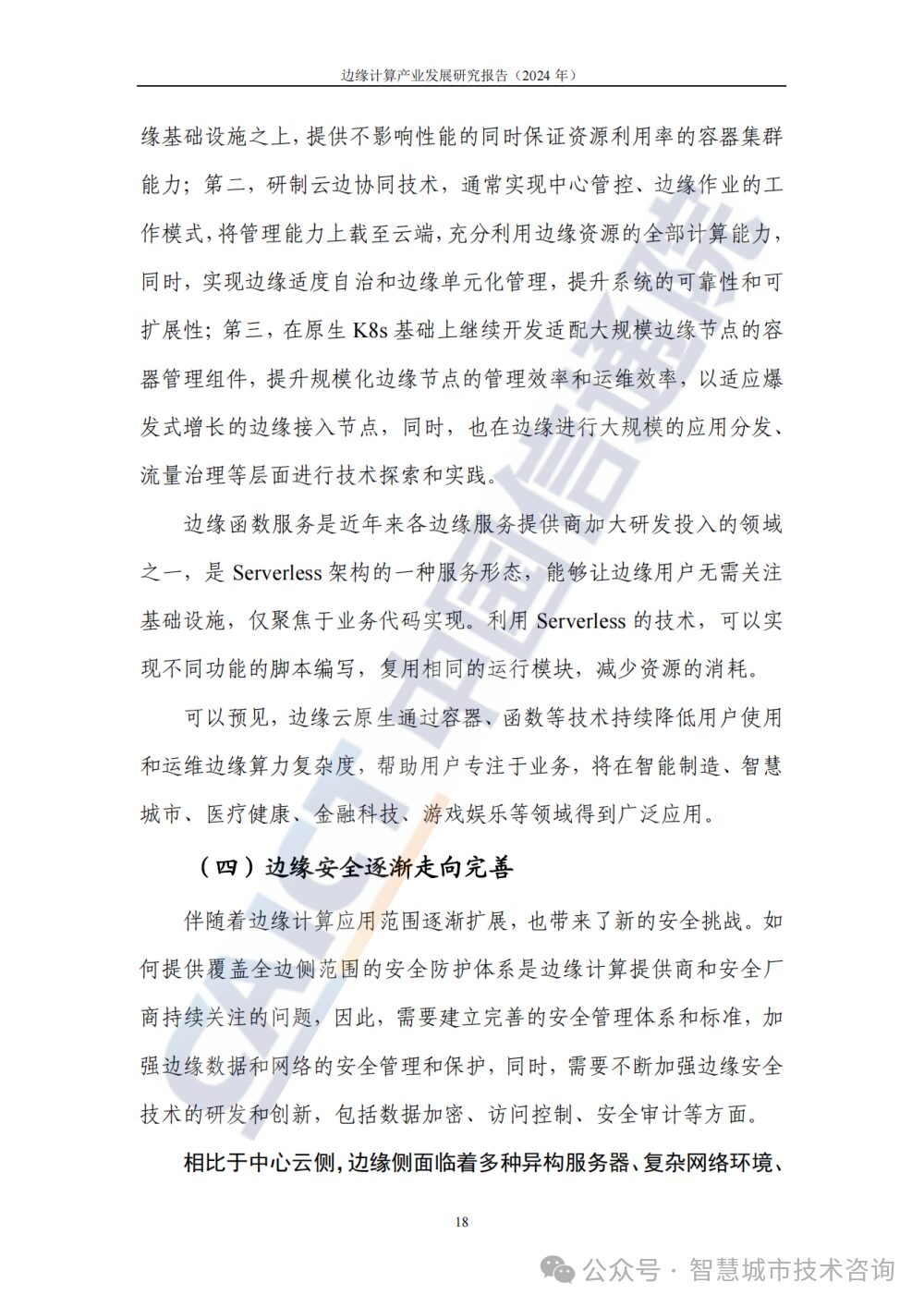
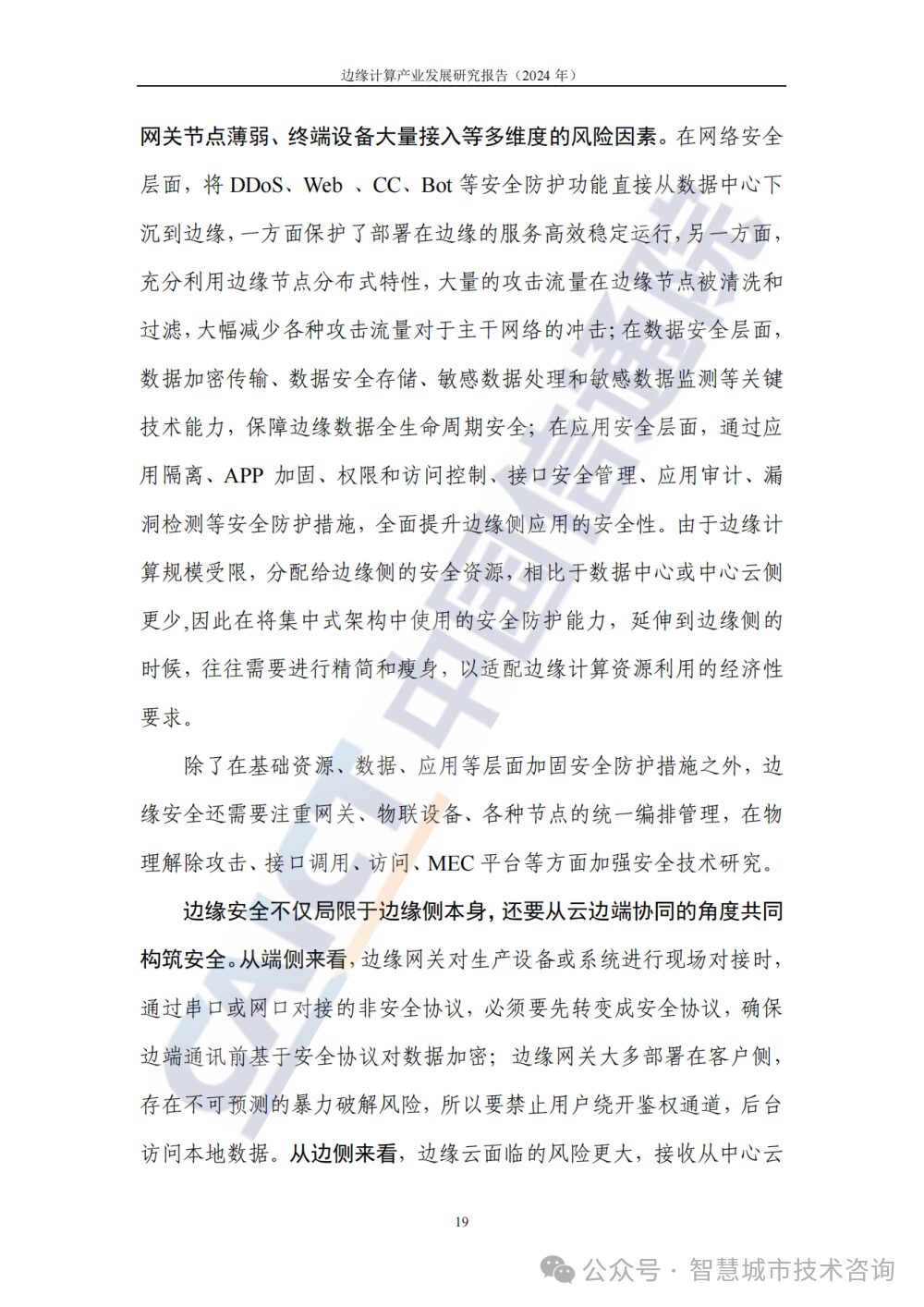
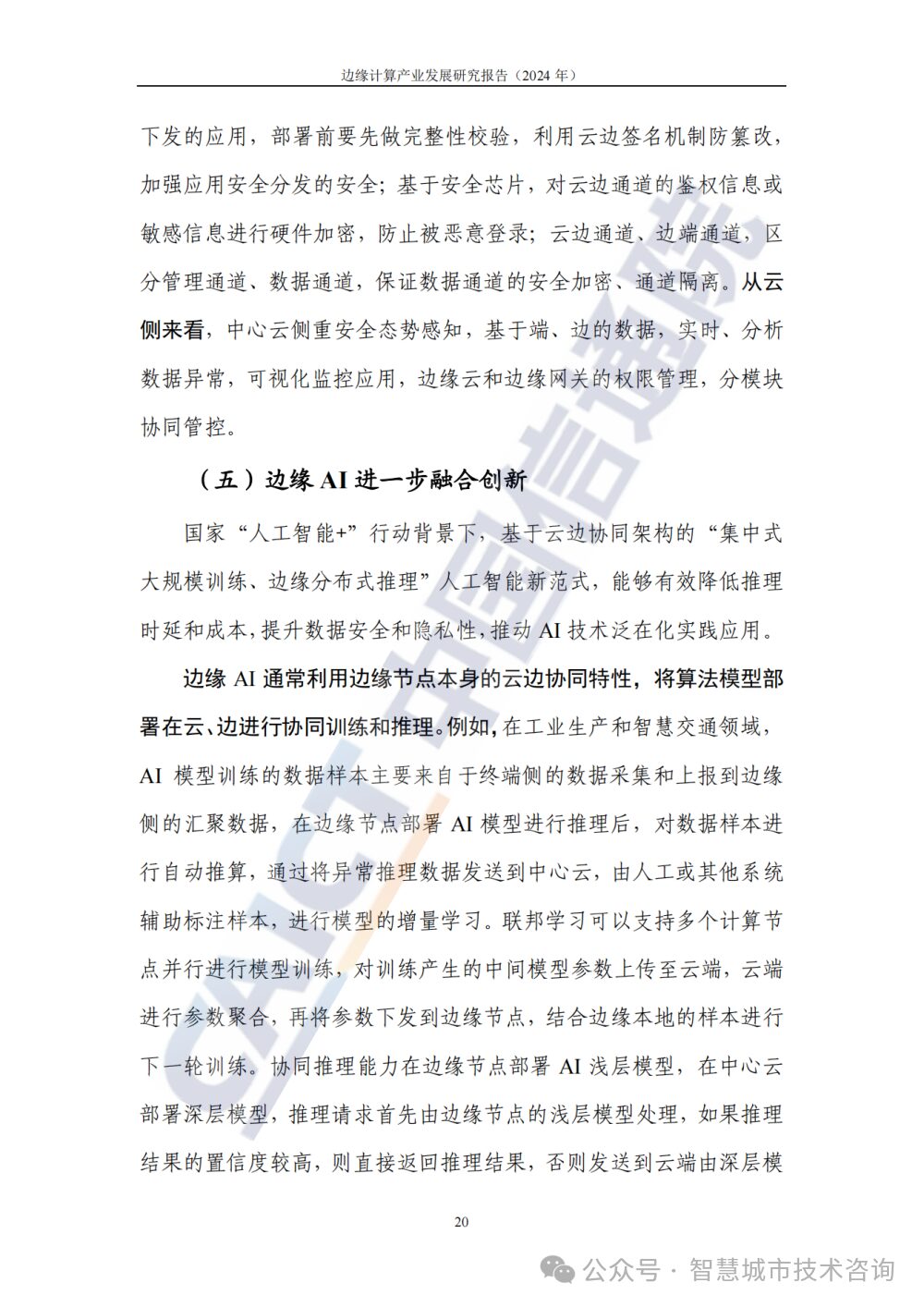
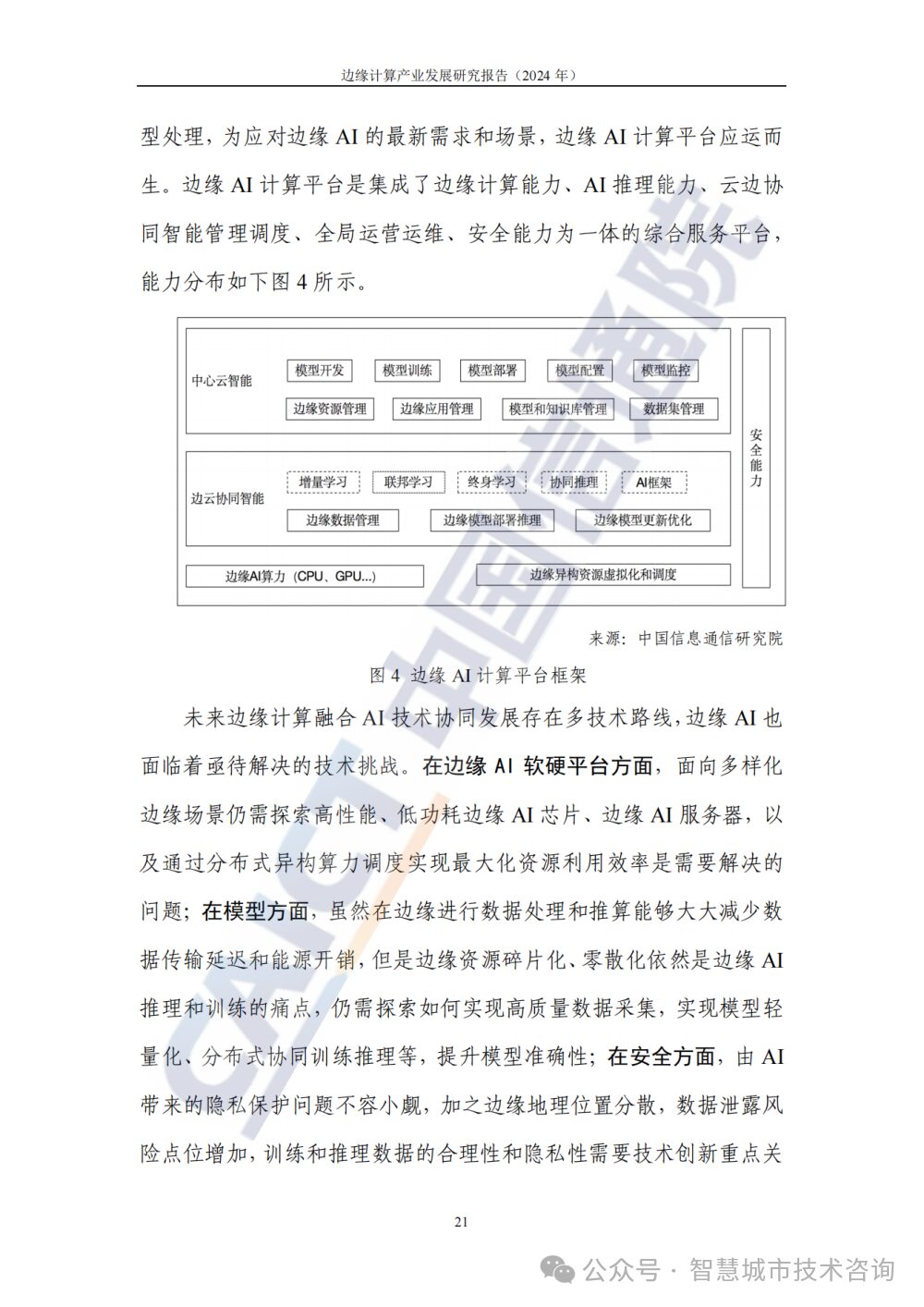
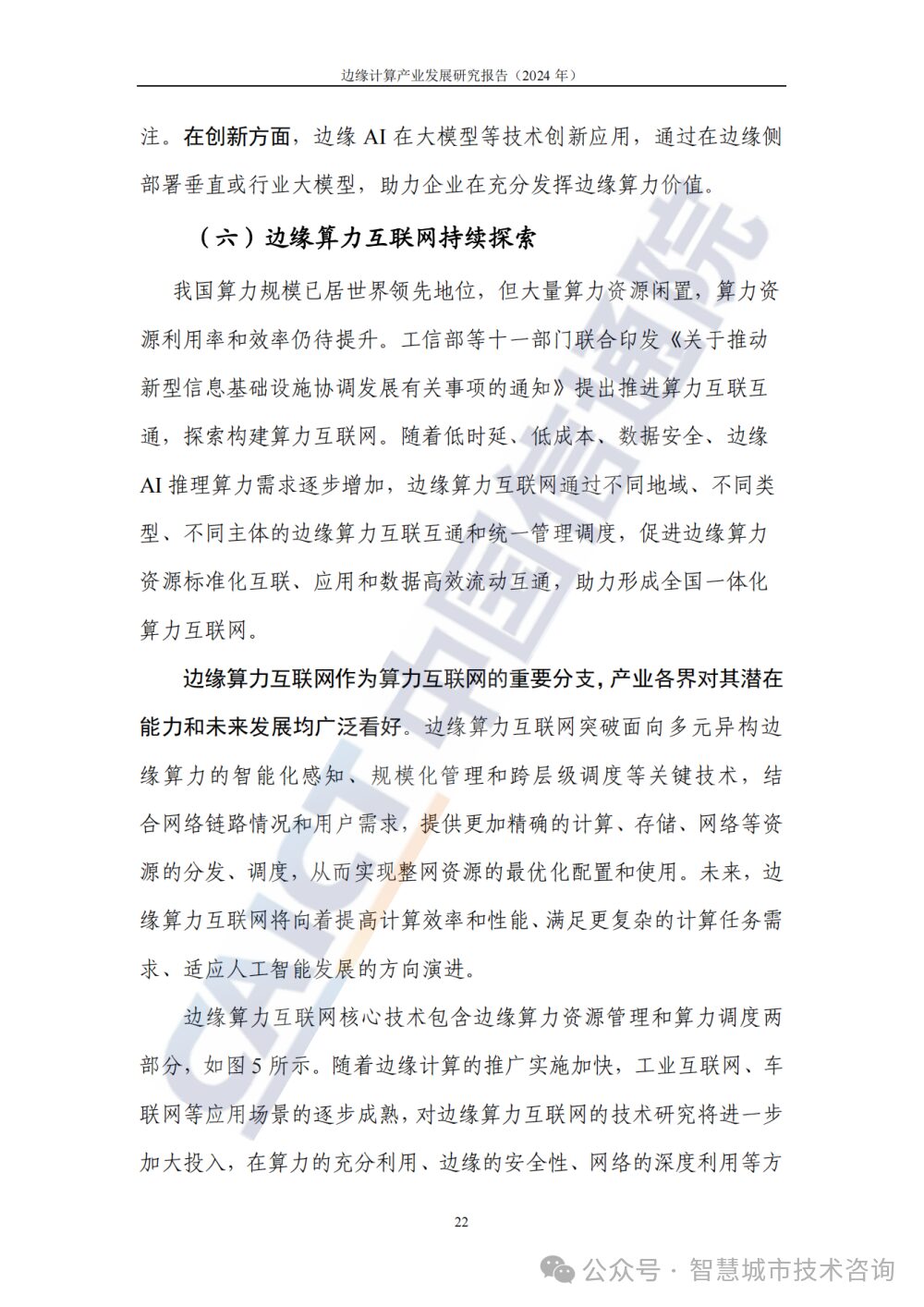
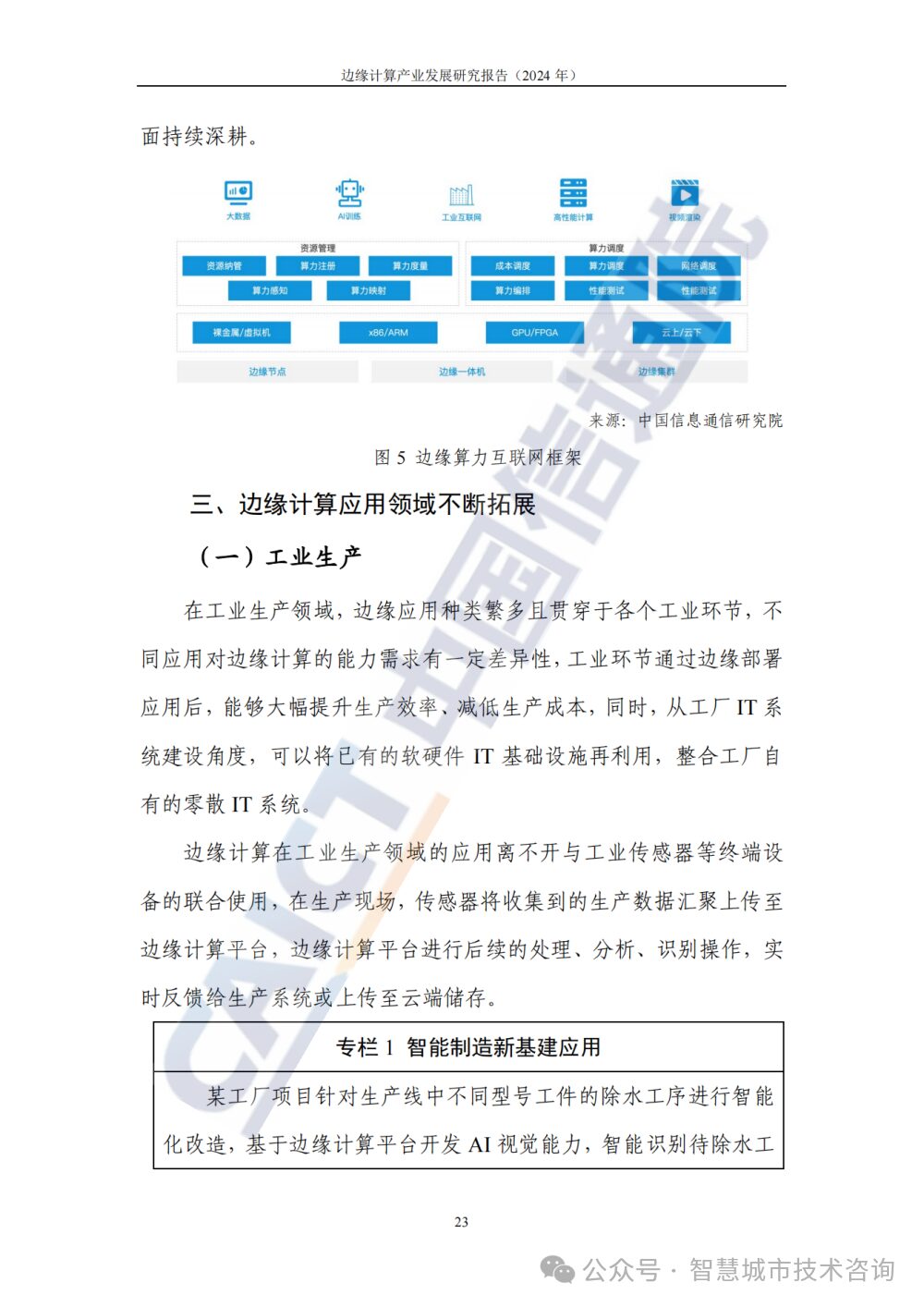
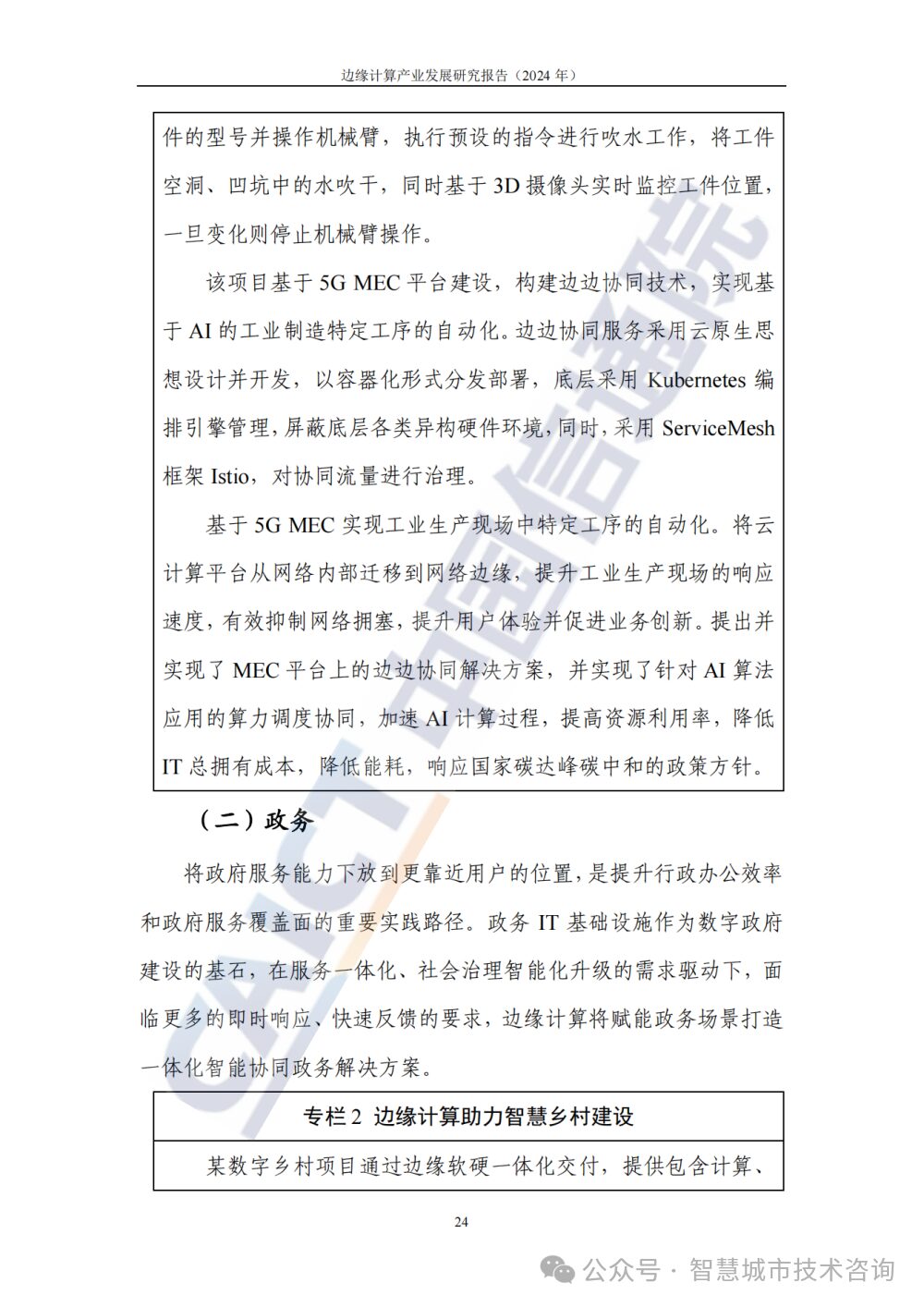
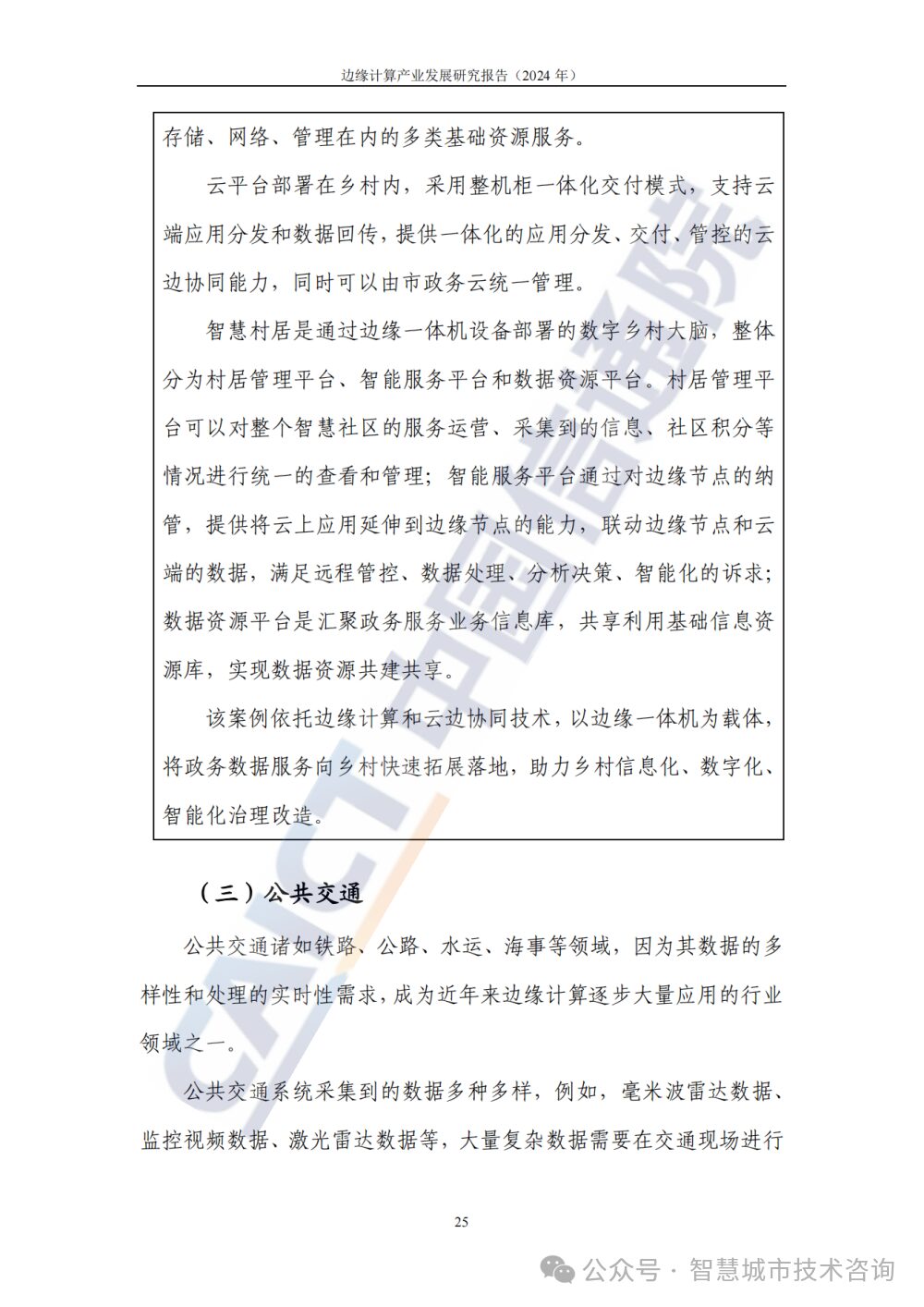

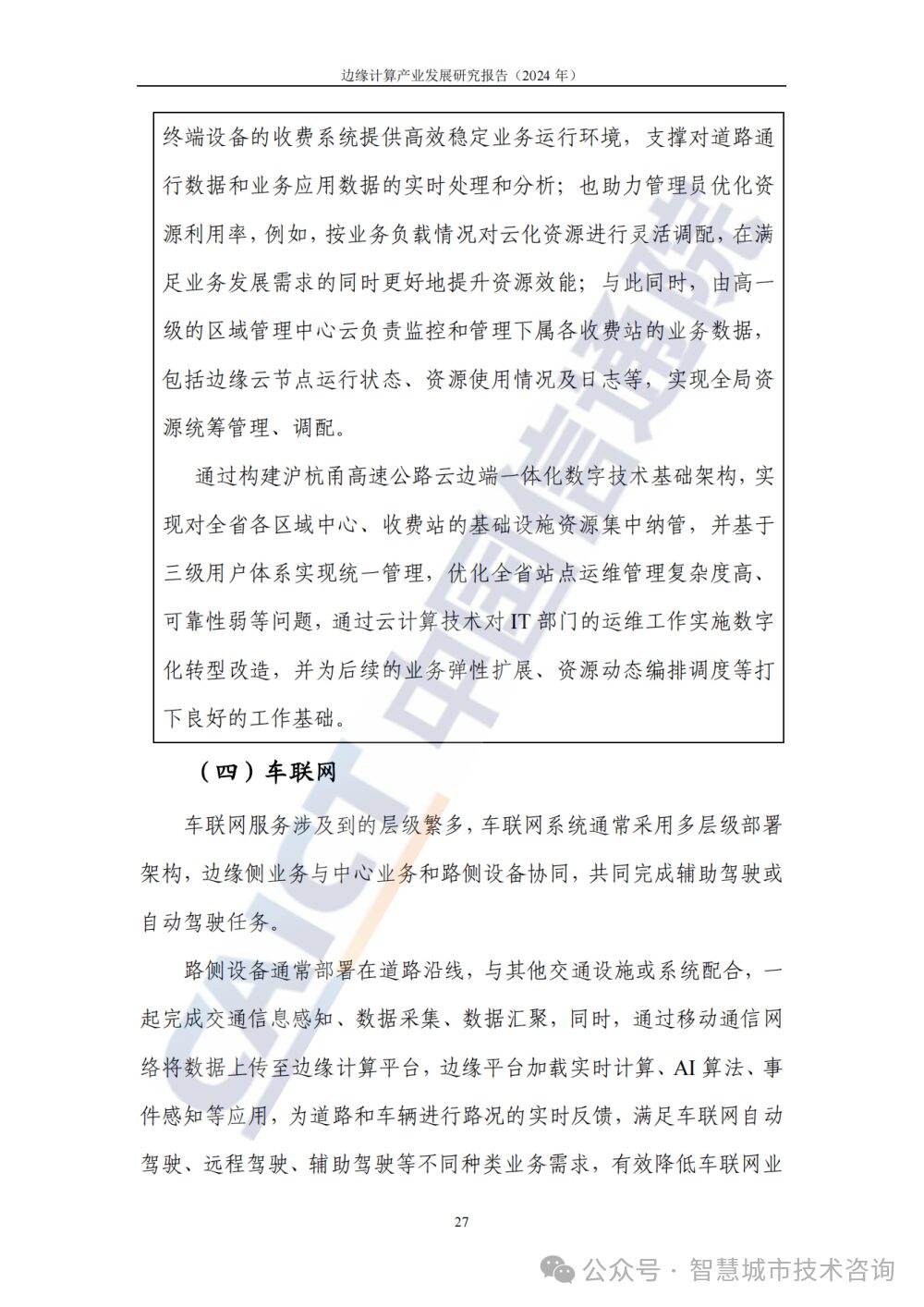
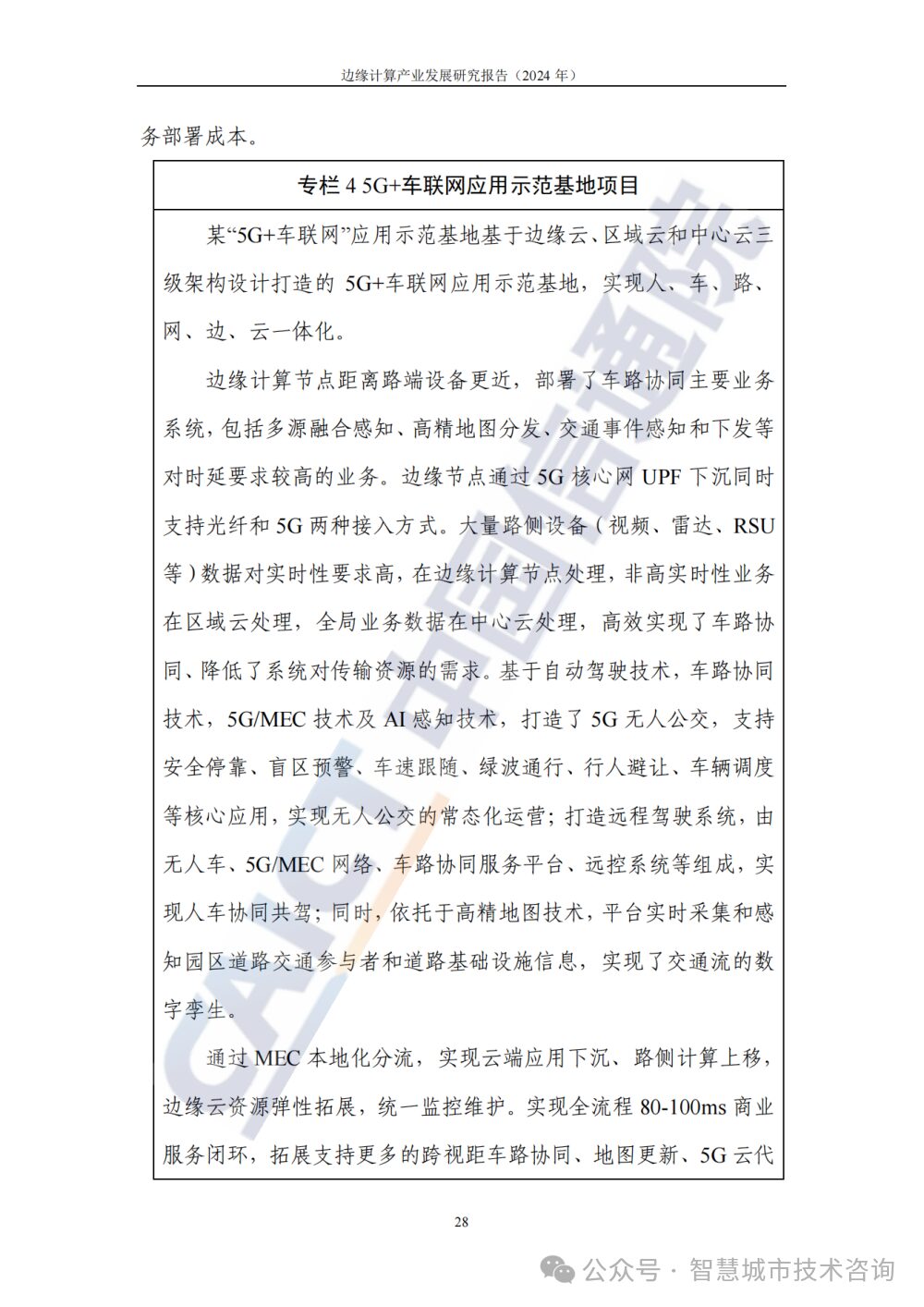
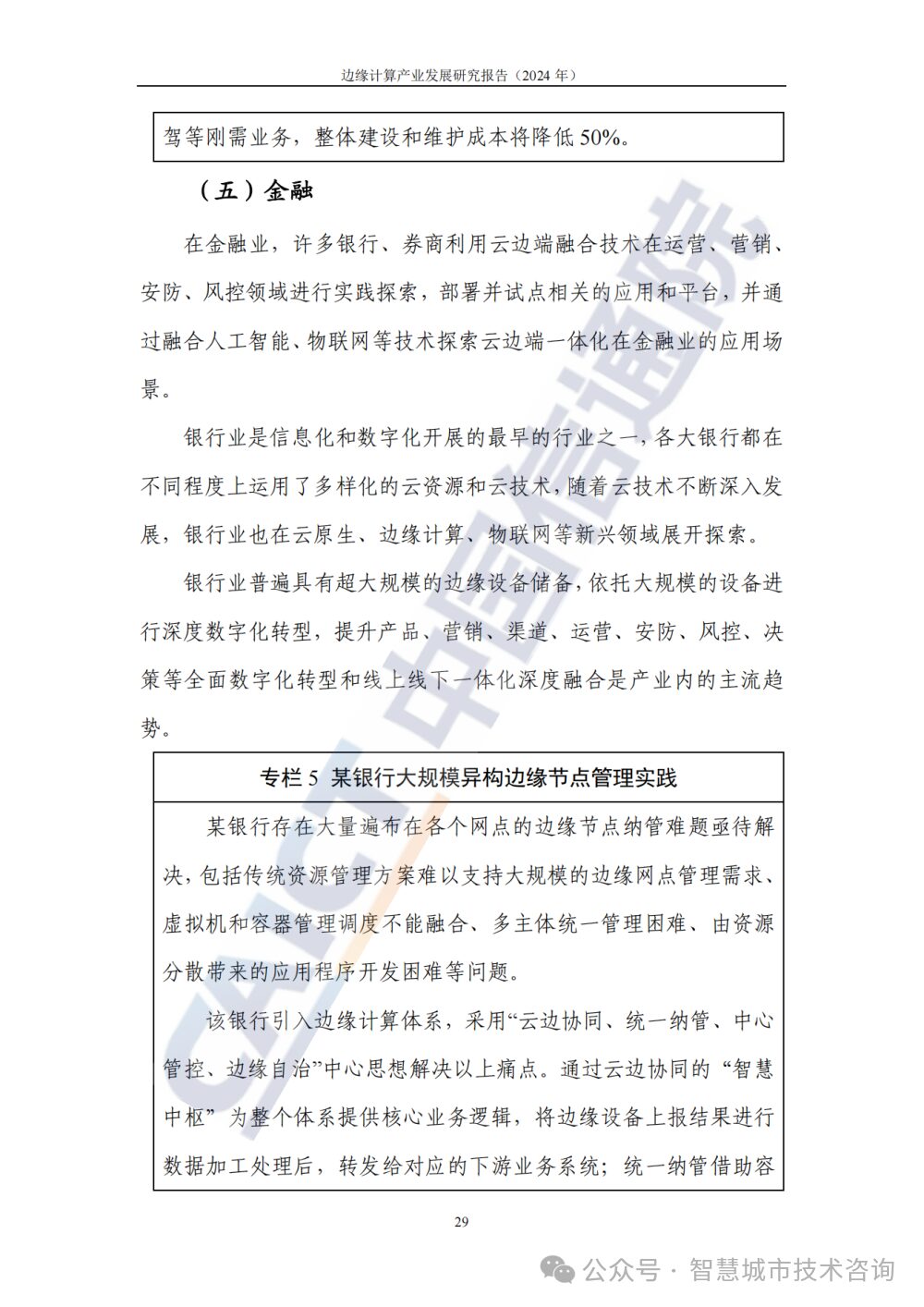
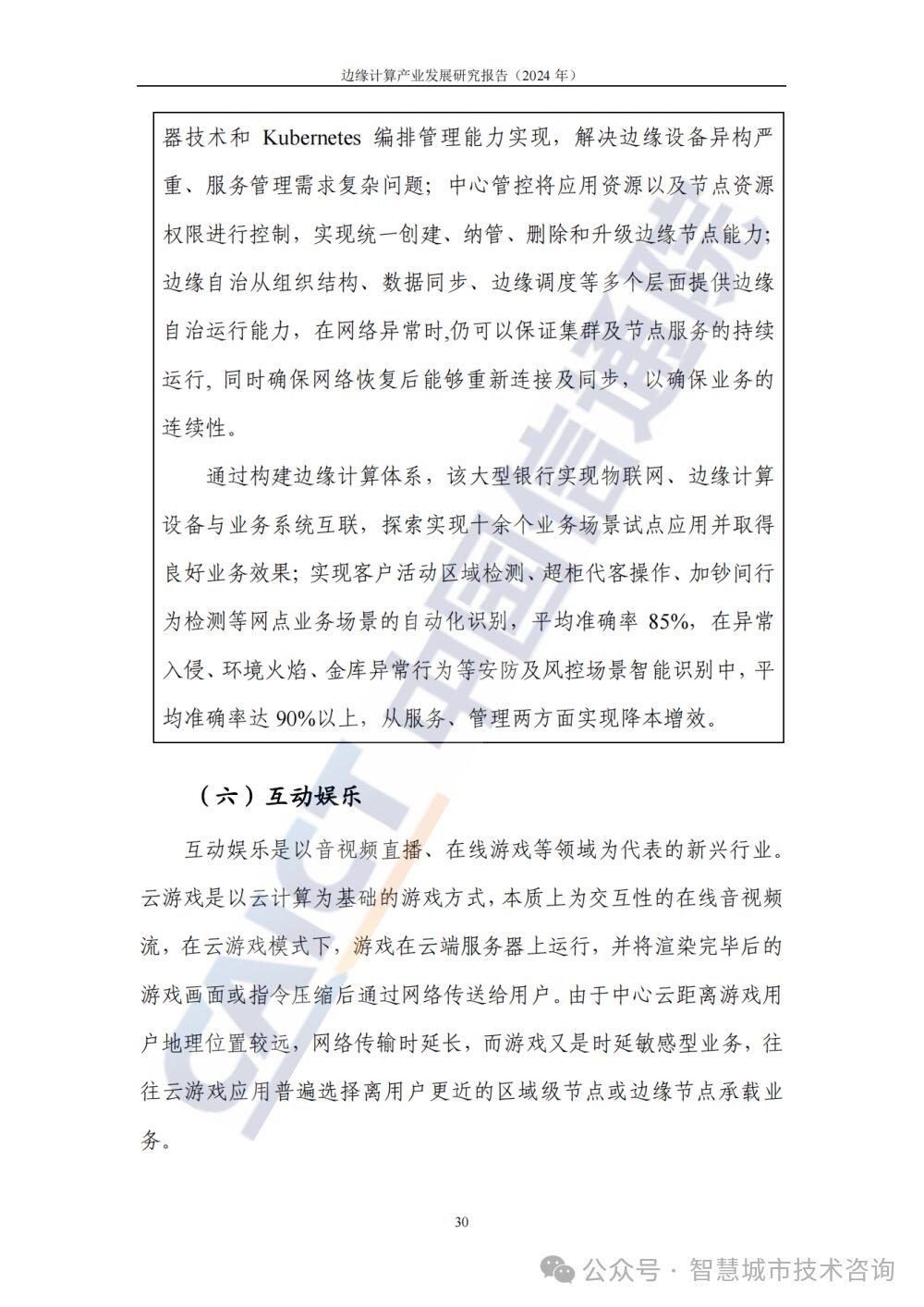
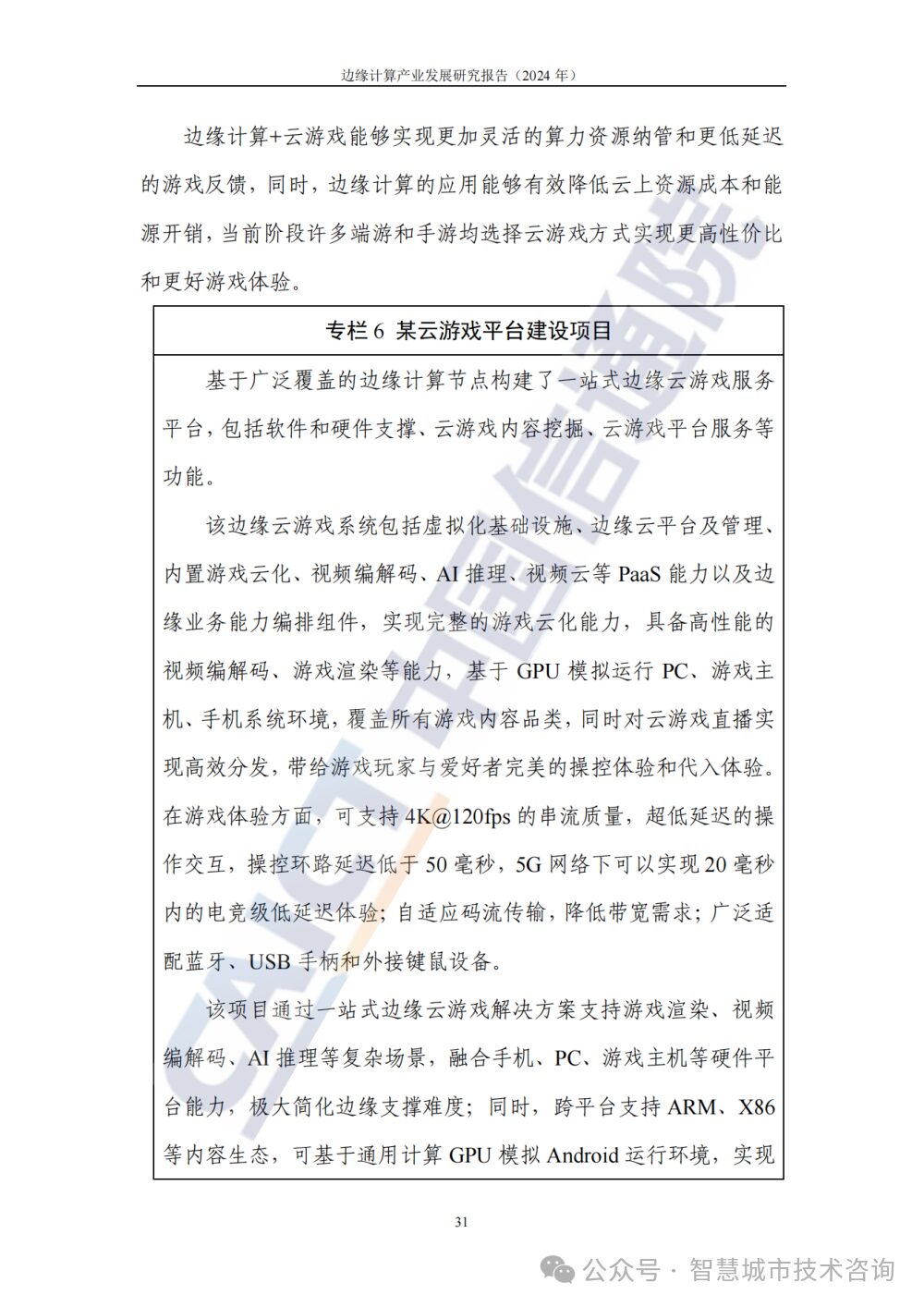

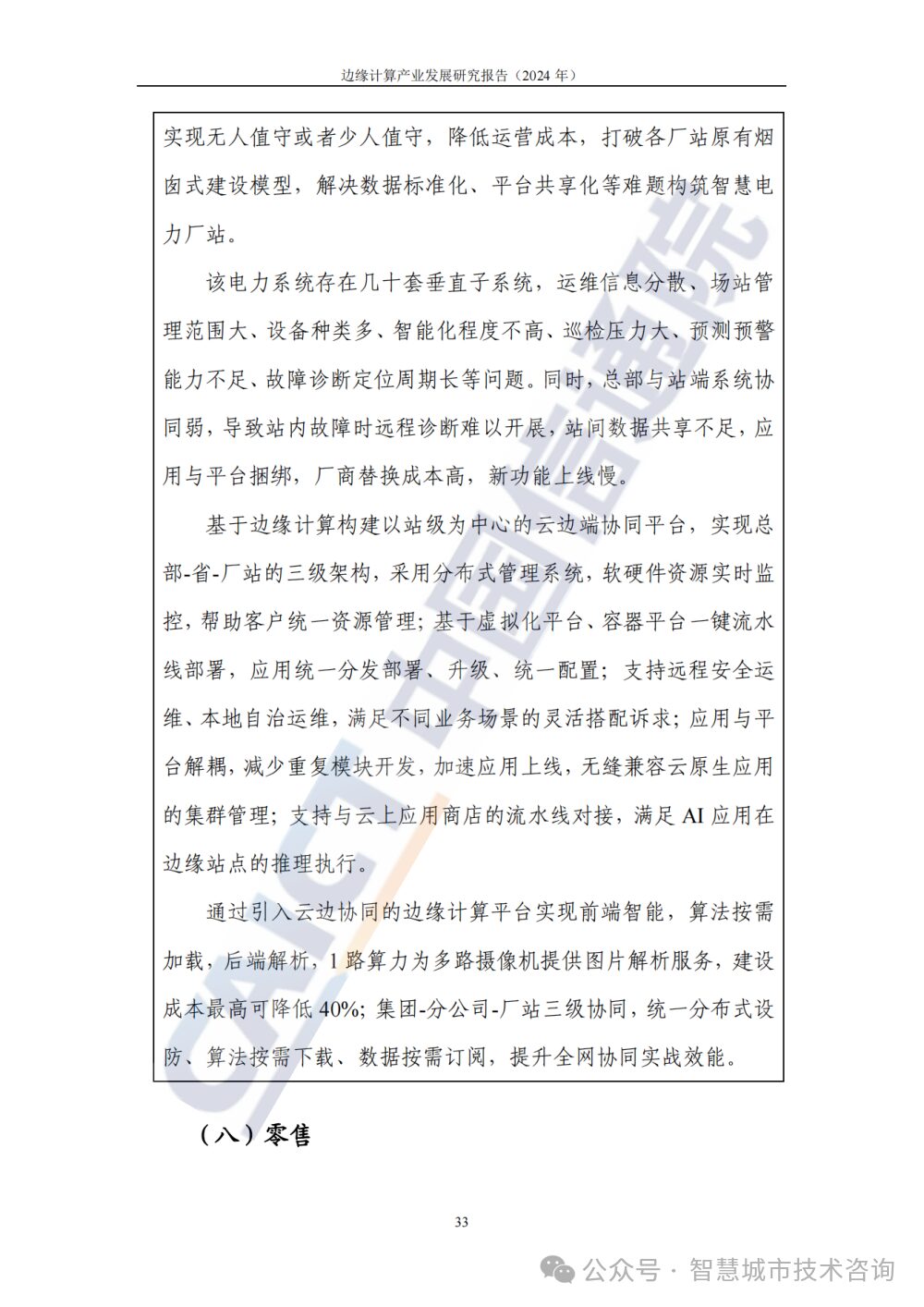
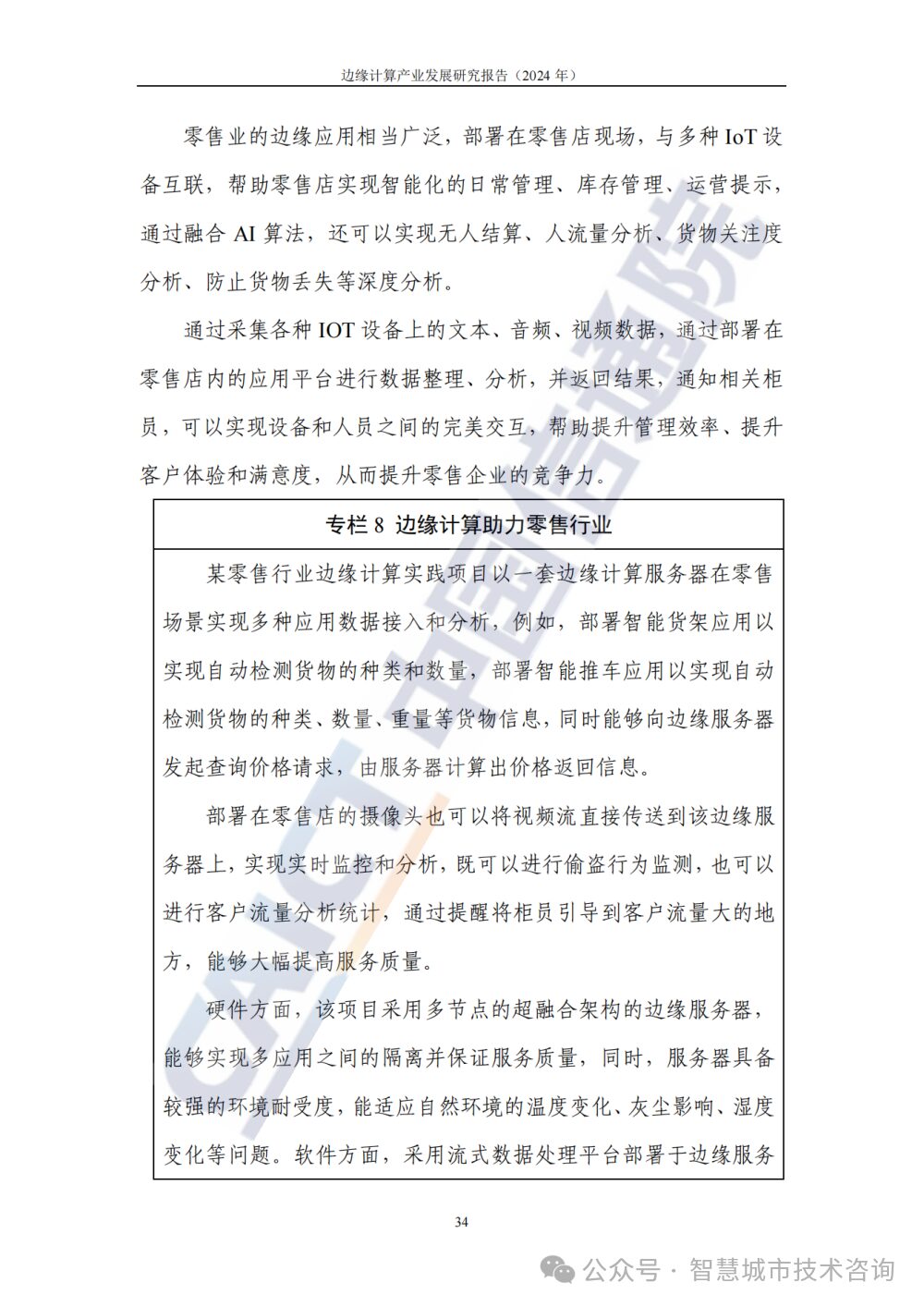
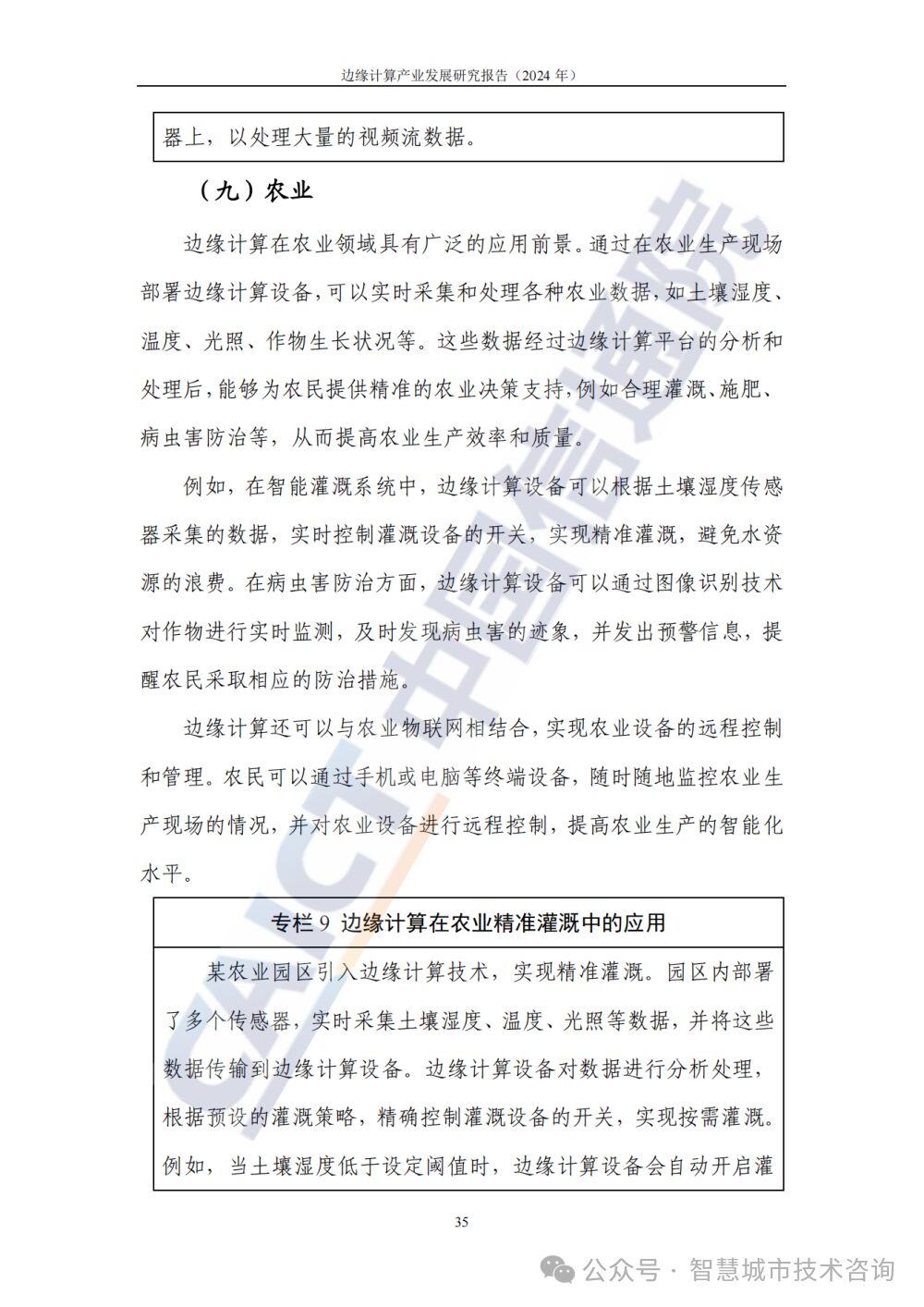
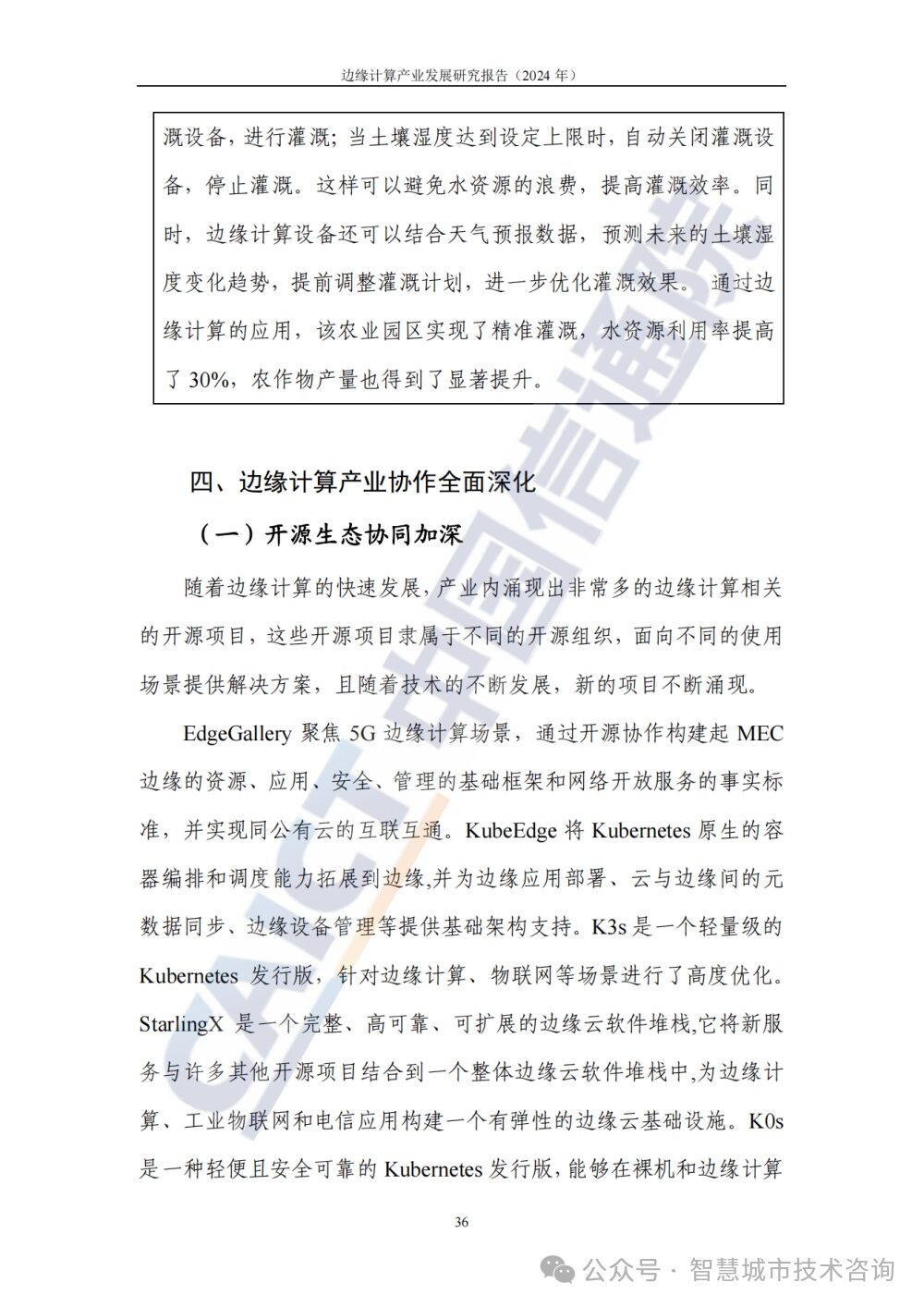
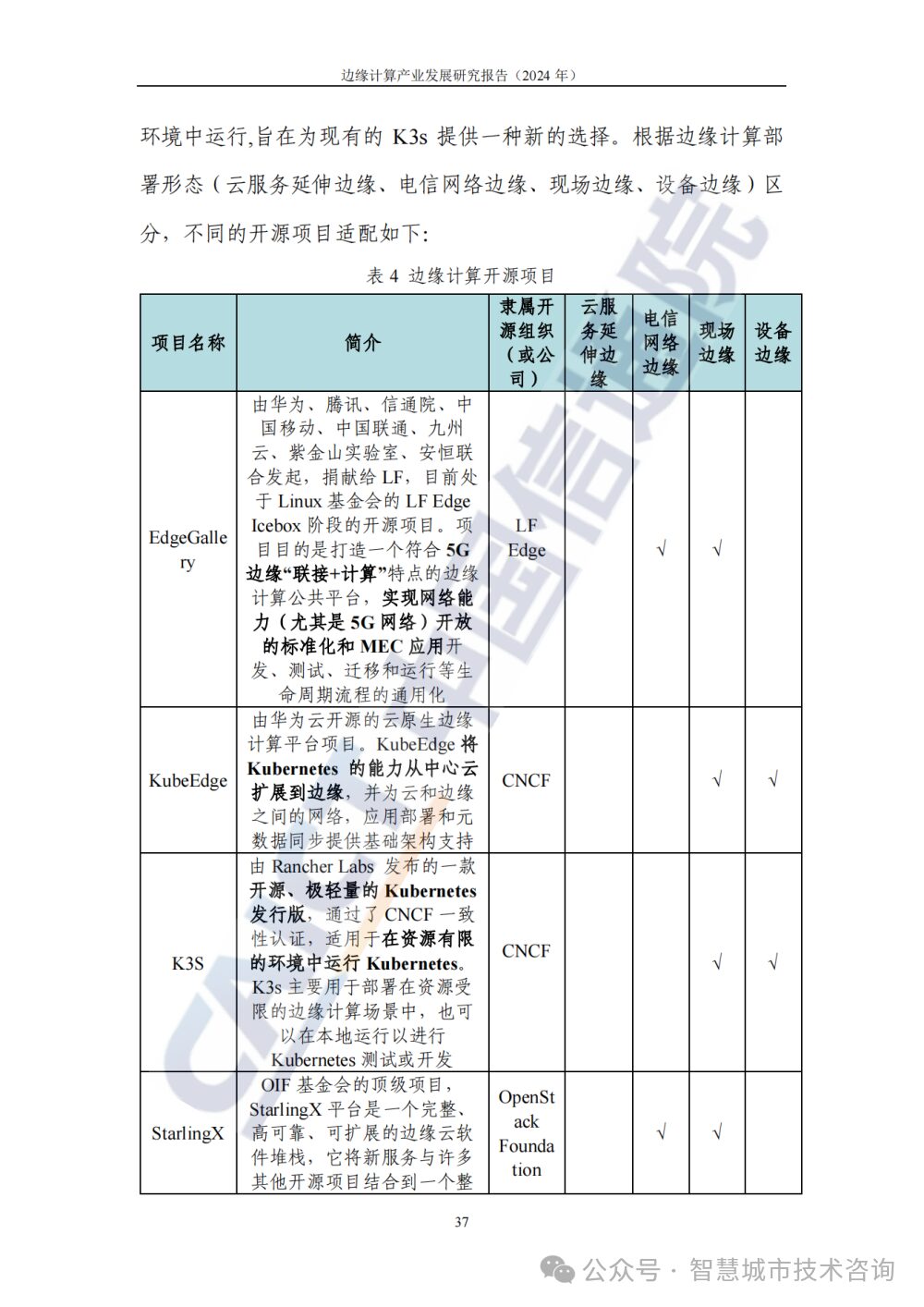
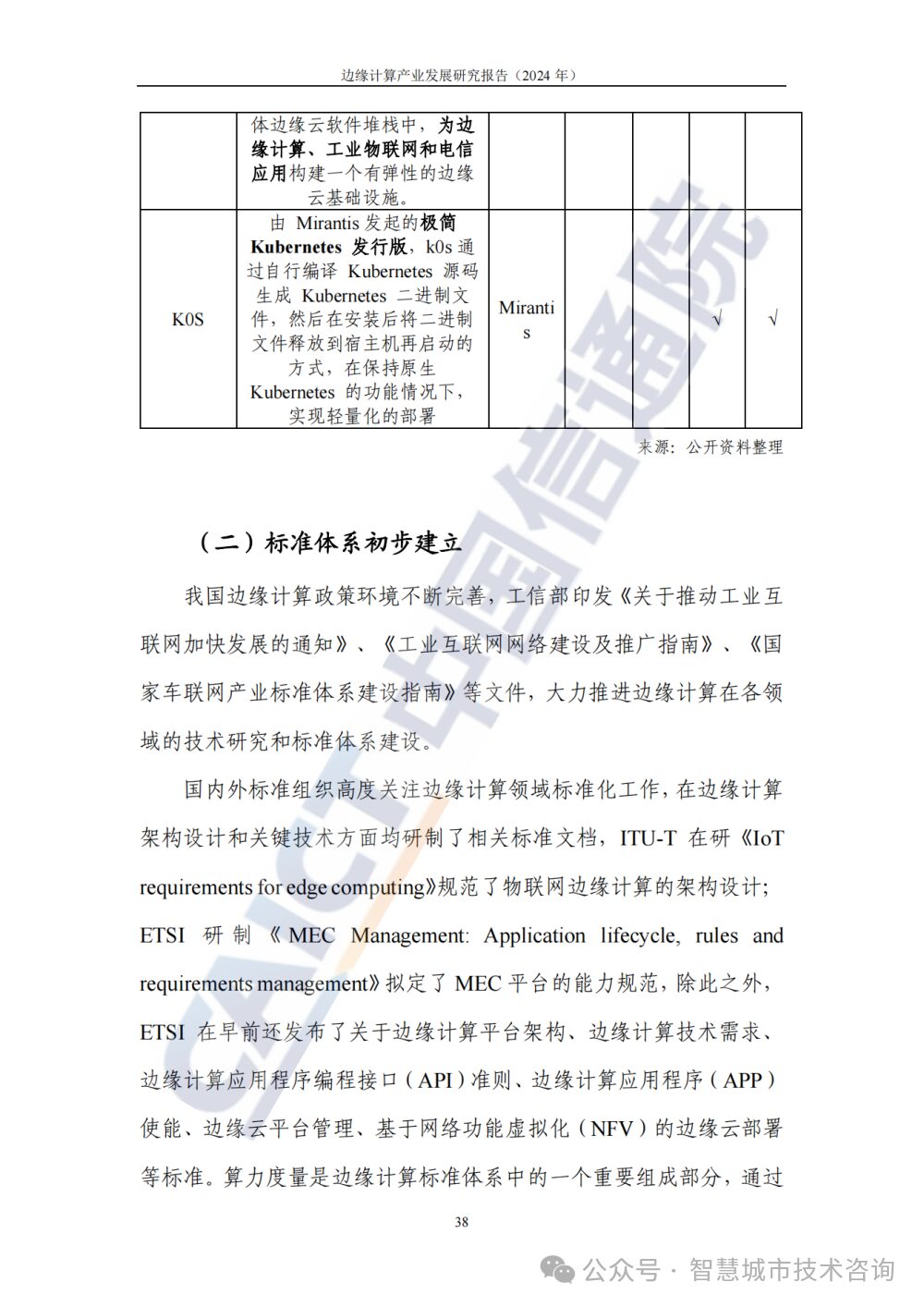
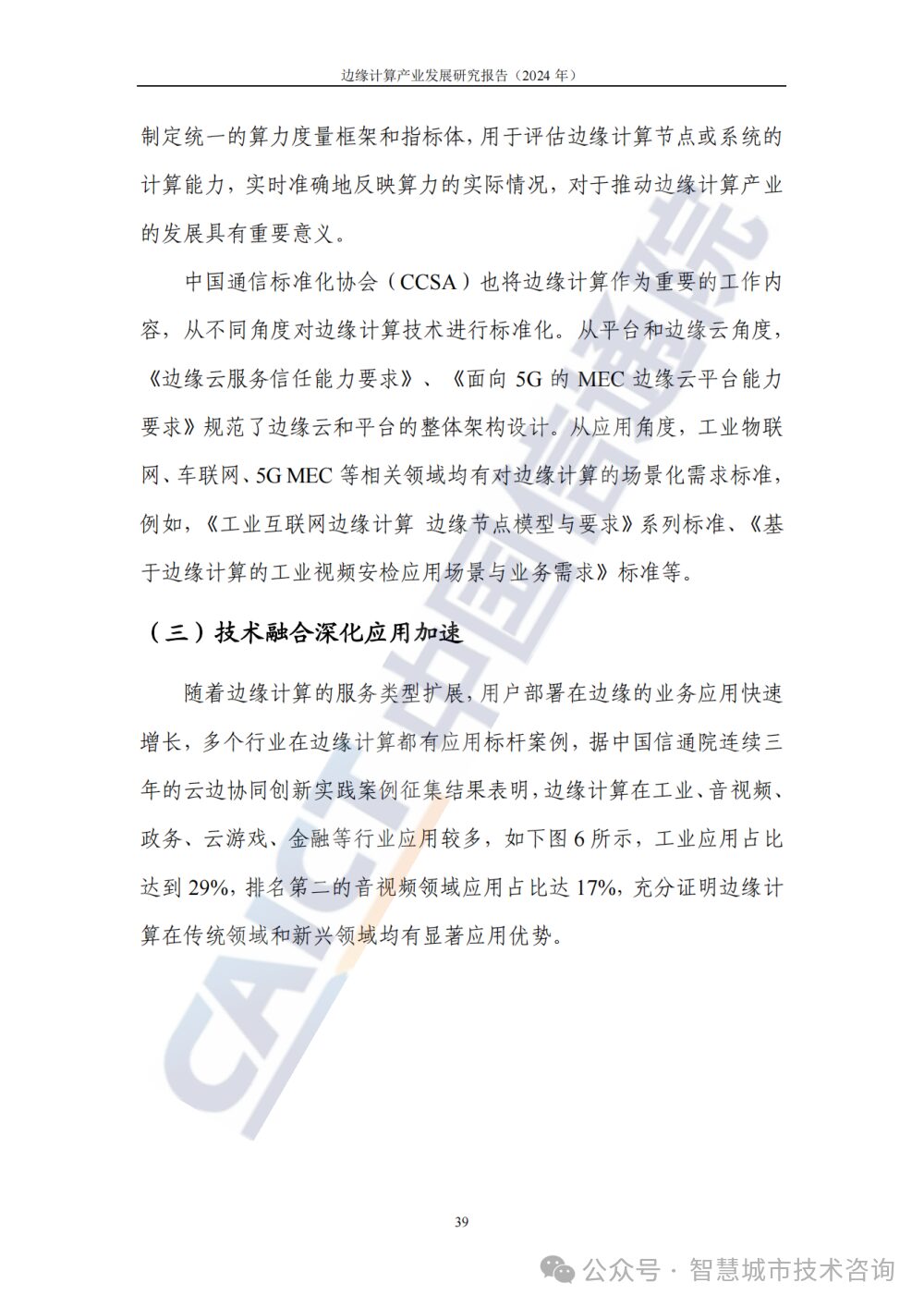


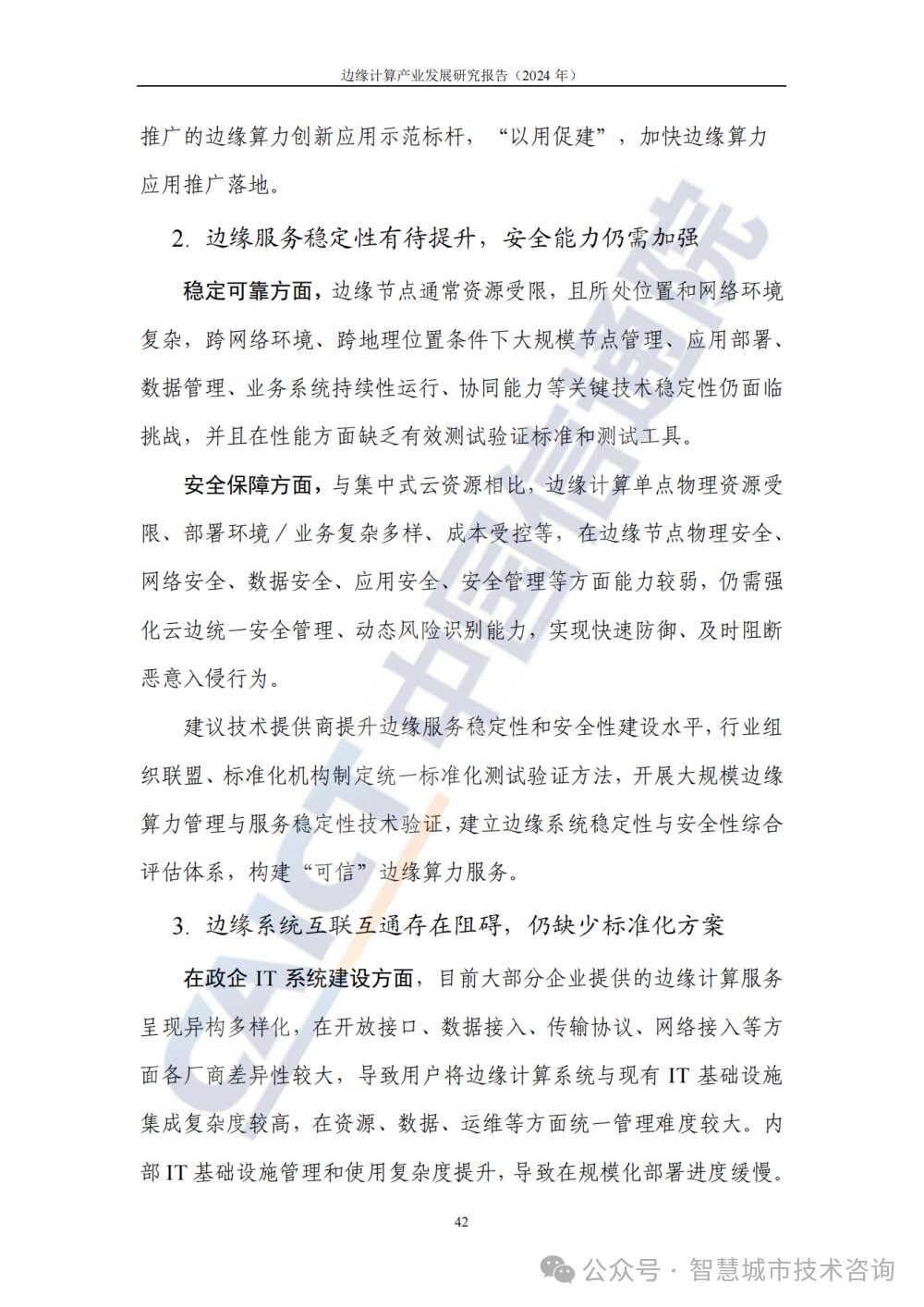


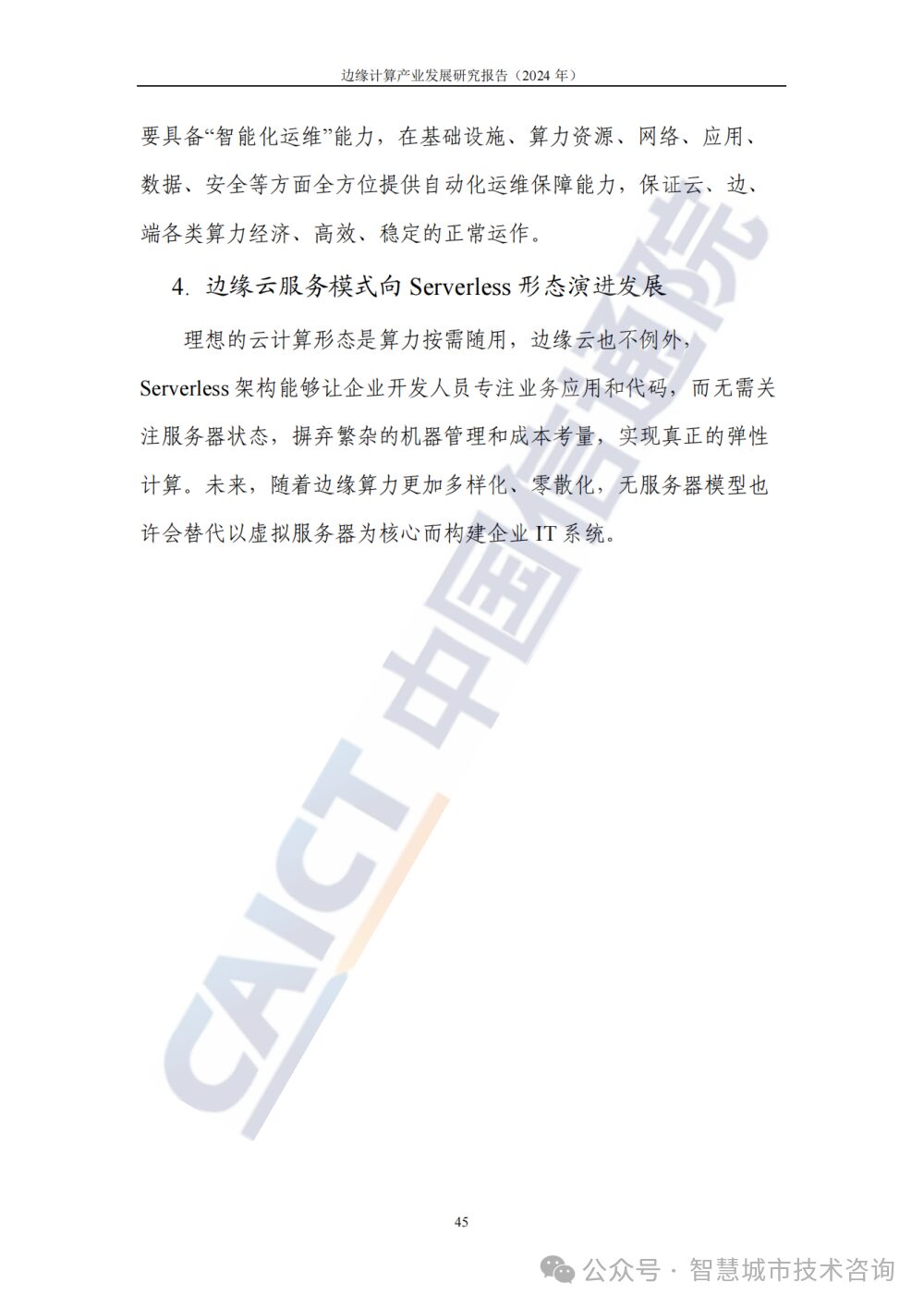
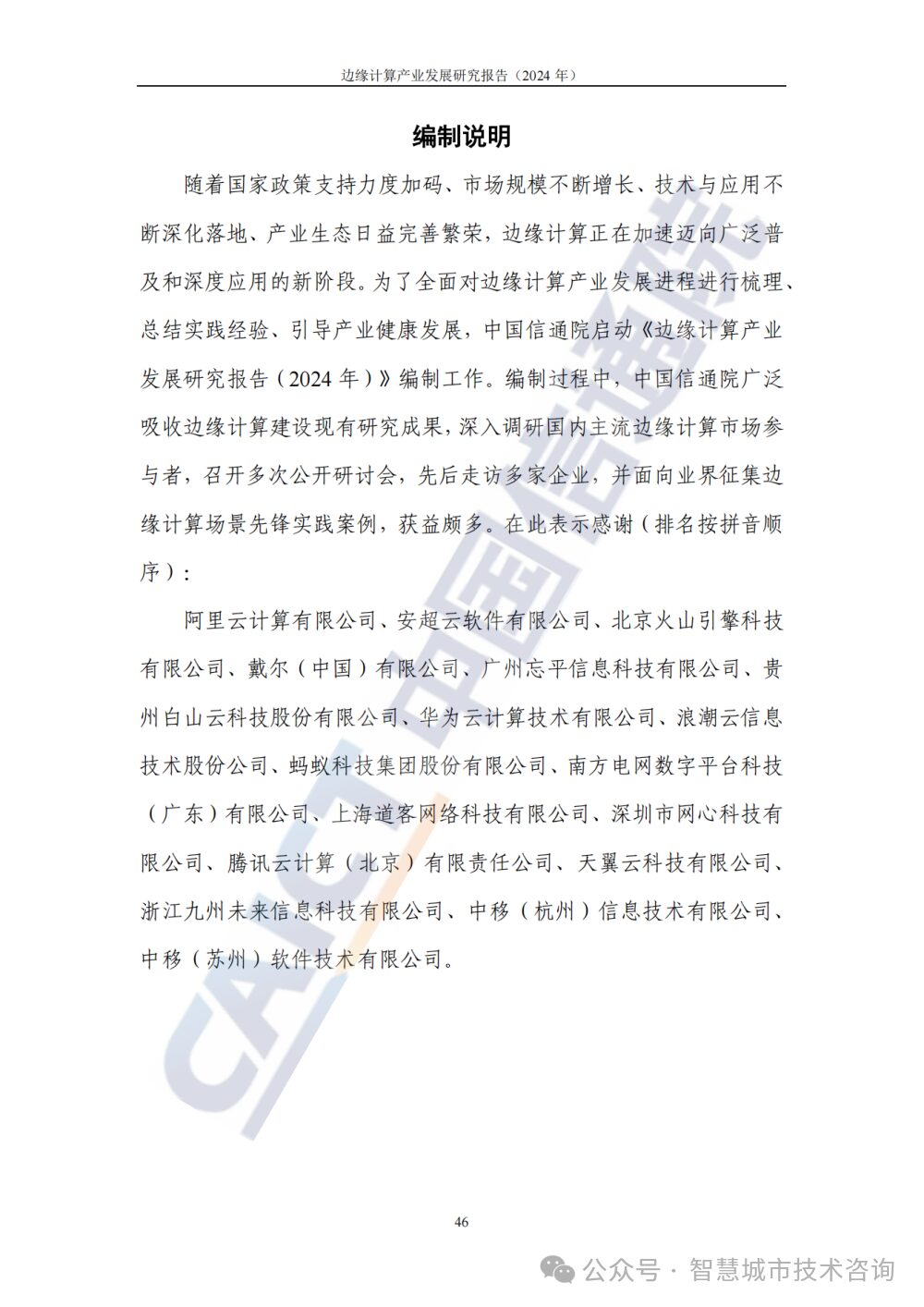
Source: Smart City Technology Consulting (Please indicate the source when reprinting)